Tech Trends Of 2023
Thirty Innovations Shaping The World
The future comes at you fast.
After poring through top reports, articles, insights and presentations no stone has been left unturned compiling industry signals into thirty leading trends — traversing the frontiers of AI, space exploration, DeFi & biotech.
“The future has arrived — it’s just not evenly distributed” William Gibson
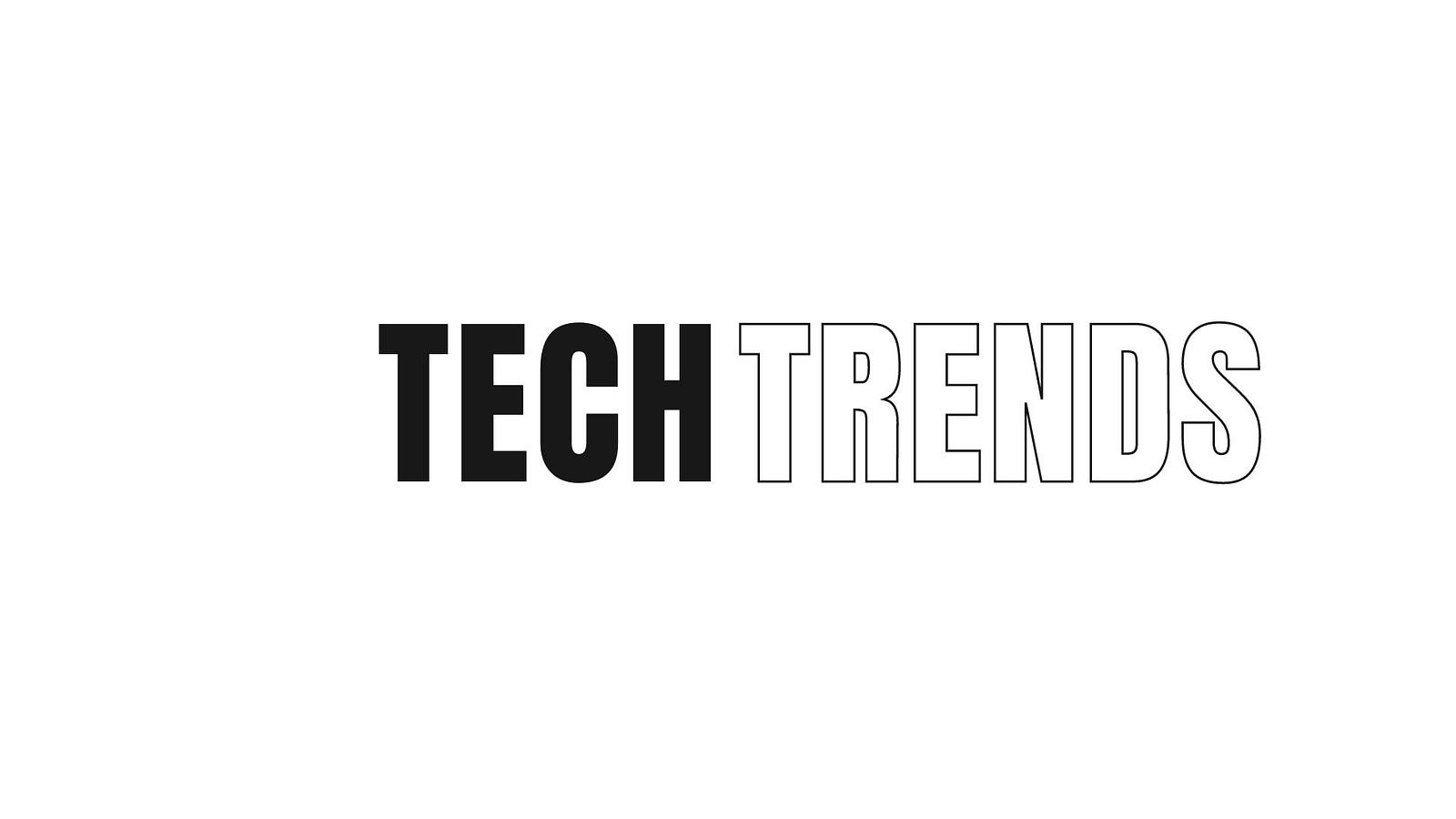
One — A.I. Assistants
Conversational AI platforms, including Anthropic’s Claude, OpenAI’s ChatGPT, and Character.ai, are achieving unprecedented milestones. Thanks to advancements in computing, these large language models can emulate human interactions with remarkable fidelity.
Advances in natural language processing, emotion recognition, conversational AI, and humanoid robotics are creating virtual companions for people seeking friendship. As a result, assistants are evolving to engage in more natural dialogues, characterized by humor, personality, and the capability to tackle intricate topics.

“The state of AI in 2023: Generative AI’s breakout year” McKinsey 2023
“AI customer service for higher customer engagement” McKinsey (2023)
Generative AI is still in its early stages of development, but it has the potential to revolutionize many industries. Generative text is being used to create realistic-looking news articles, product descriptions, and other text content. Generative images are being used to create realistic-looking images, such as product photos and marketing materials. Generative code is being used to create new software applications and code snippets.
AI-enabled customer service can help organizations improve customer satisfaction, reduce costs, and boost revenue. AI can be used to automate tasks, personalize experiences, and resolve issues more quickly and efficiently. Some new innovations include Chatbots used to answer customer questions & resolve issues 24/7; Virtual assistants used to provide personalized recommendations and support; Predictive analytics used to identify potential problems before they happen & prevent customer churn.
Two — AR/VR Integration
Augmented and virtual reality tech will become more integrated into everyday life through spatial computing interfaces, mixed reality headsets, and responsive environments that transform based on user actions. Remote collaboration is moving beyond video calls into persistent virtual workspaces for employees to interact, ideate, socialize and feel present together while remote.
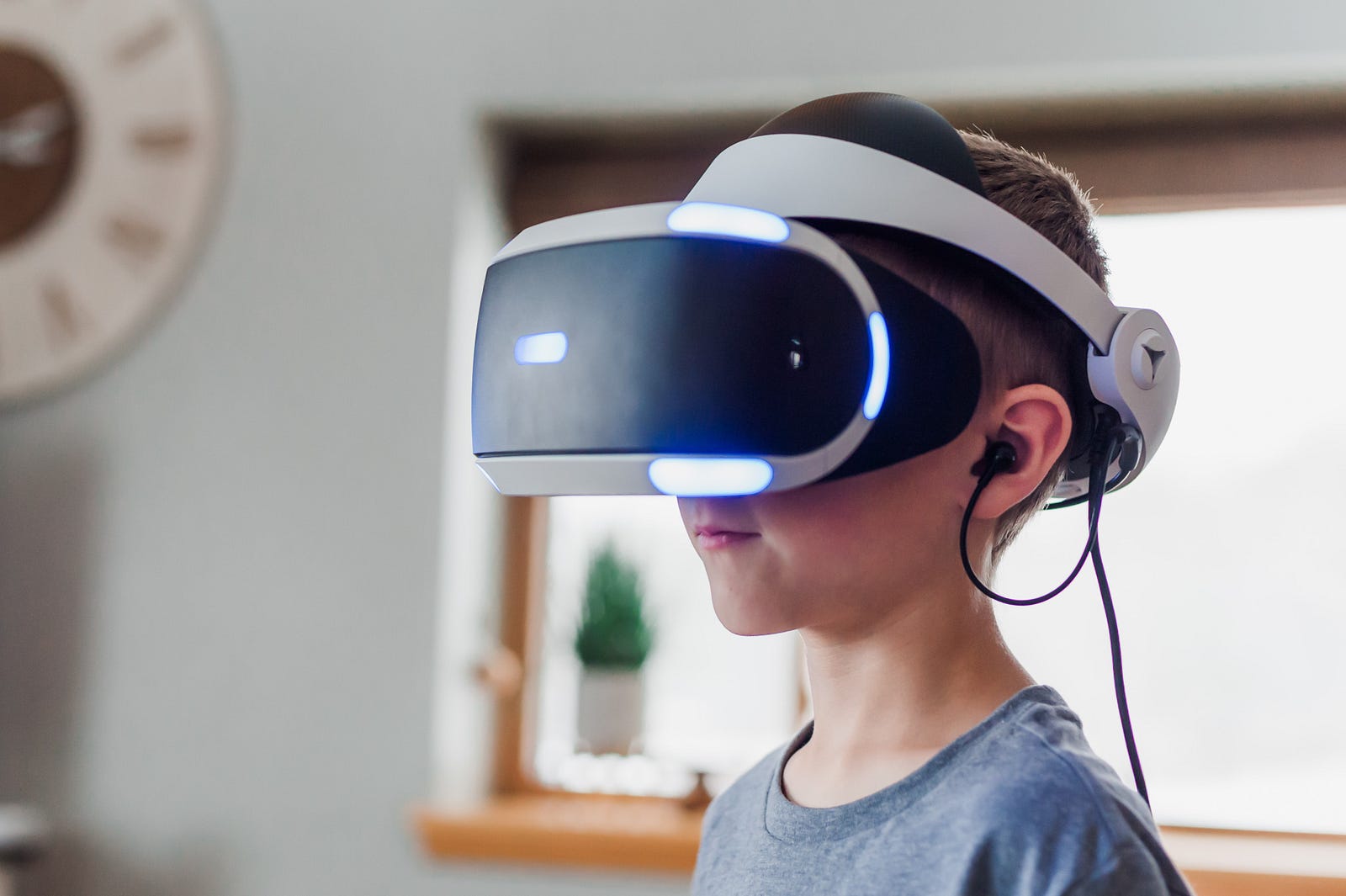
“Immersive Media Technologies” World Economic Forum (2022)
“Tribeca Immersive” Wunderman Thompson (2022)
Key industries that are being disrupted by immersive media technologies include Healthcare training medical professionals, remote care, and simulations of surgical procedures; Education via interactive learning experiences, virtual field trips, and personalized tutoring; Manufacturing training workers, simulating new product designs, and improving product quality. Retail in creating virtual shopping experiences, offering personalized product recommendations, and providing customer support. And Entertainment to create new forms such as games, movies & concerts.
Advancement of virtual and extended realities (XR) as a storytelling tool enable exploration of a wide range of topics, from mental health to climate change. Co-creation & interactivity utilise participation in the story, either by making choices that affect the outcome or by interacting with the environment in a physical way to enhance this storytelling. Emerging tech such as volumetric video & haptic feedback are the next frontiers.
Three — Autonomous Vehicles
Self-driving vehicles have progressed from a far-off dream to a reality on the roads. Continued testing and development will likely make autonomous cars and trucks a common sight in the coming years.

“Autonomous driving future: Convenient & Connected” McKinsey (2023)
“The future of mobility” Deloitte (2023)
By 2035, autonomous vehicles (AVs) could create $300 billion to $400 billion in revenue. The development of AVs is being driven by industry, governments and regulators, who are looking for ways to improve road safety and reduce traffic congestion. AVs could make transportation: safer by eliminating human error, which is a major cause of accidents; more efficient by reducing traffic congestion and improving fuel efficiency; more convenient by allowing people to do other things while they are being transported, such as working, sleeping, or relaxing; optional for people who are unable to drive, such as the elderly and the disabled.
Several companies are developing AV technology, including Waymo, Uber, and Cruise. Connected vehicles are already being used in some cities e.g. Singapore’s fleet of connected buses equipped with sensors that collect data about traffic conditions, used to improve traffic flow. Mobility companies are offering personalized services e.g. Uber offers a feature called UberX Share, which matches riders with other riders headed in the same direction. This feature helps reduce the number of empty seats in cars, making transportation more efficient. Sustainable mobility solutions such as electric vehicles and shared mobility services reduce the no of cars on the road. Electric vehicles use a cleaner source of energy than gasoline.
Four — Battery Innovations
Better battery technology like solid state batteries are enabling longer lasting laptops, phones, drones, and electric vehicles. New advancements promise to reshape renewable energy storage.

“The Future Of Energy Storage” MIT (2022)
“Battery 2030: Resilient, sustainable, and circular” Mckinsey (2023)
Renewable energy sources, such as solar and wind power, are intermittent, meaning that they do not produce electricity all the time. Energy storage can help to store excess electricity from renewable sources and make it available when needed. The growth of EVs is driving demand for energy storage. The grid is becoming more complex as more renewable energy sources are deployed. Energy storage can help to make the grid more flexible and reliable. The development of new energy storage technologies, such as flow batteries and compressed air energy storage, have the potential to offer higher performance and lower costs than traditional energy storage technologies. The circular economy is an approach to production and consumption that aims to reduce waste and pollution. The battery value chain can benefit from the circular economy by recycling batteries and reusing materials.
Five — Bioengineering
Powerful gene editing tools like CRISPR allow precise changes to DNA sequences and gene expression. Bioengineering has potential to cure diseases, enhance human capabilities, and design new organisms. 3D Bioprinting biological tissues and organs for transplants.
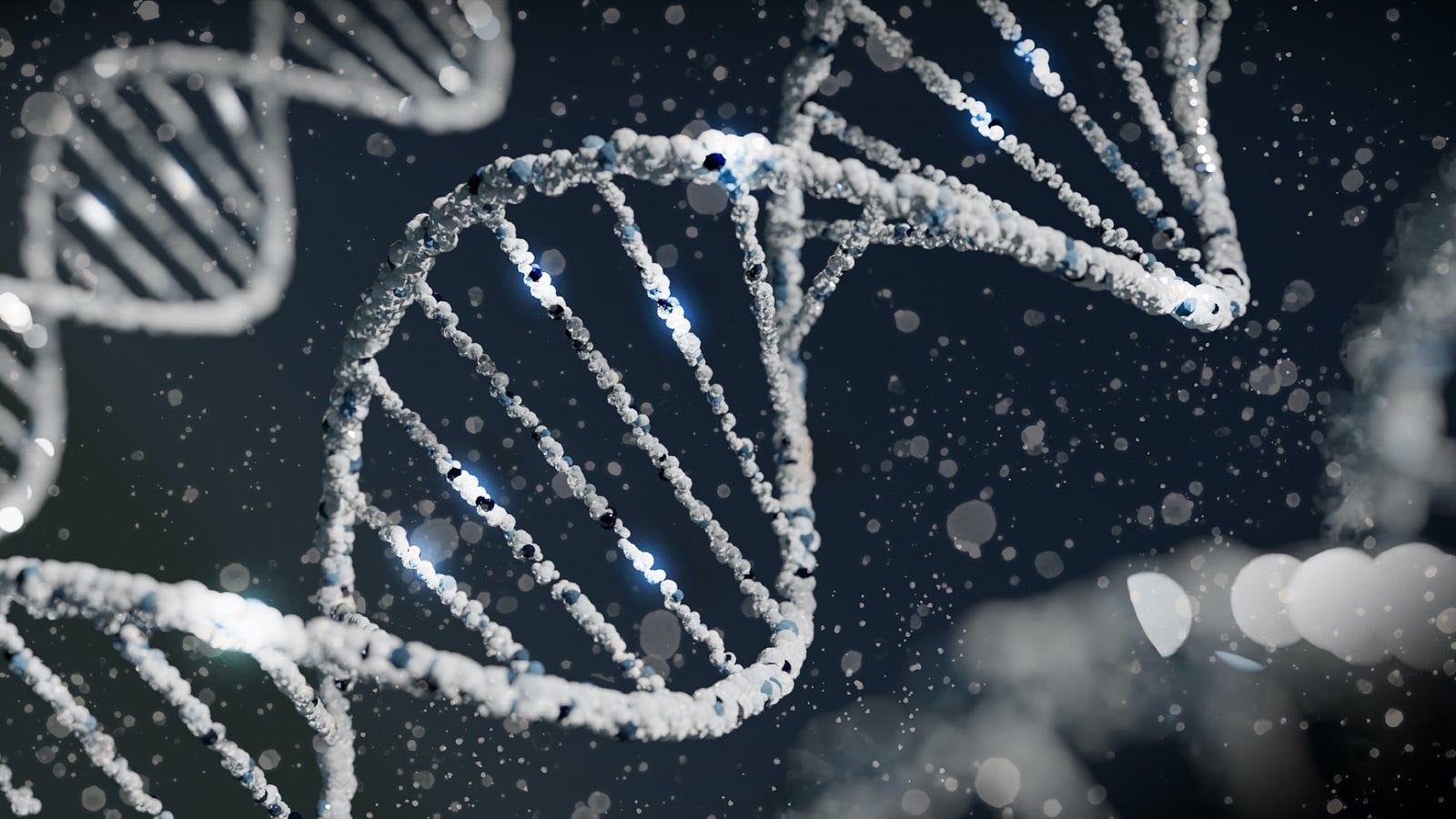
“Synthetic Biology Is About to Disrupt Your Industry” BCG (2022)
“CRISPR gene therapies” Pharmaceutical Technology (2023)
Synthetic biology is being used to disrupt different industries such as Healthcare to develop new drugs and therapies for a variety of diseases e.g. to create new vaccines, cancer treatments, and gene therapies. In agriculture synthetic biology is being used to develop new crops that are more resilient to pests and diseases, and that require less water and fertilizer e.g. new varieties of rice that are resistant to drought and flooding. Synthetic biology is being used to create new biofuels and other renewable energy sources e.g. new strains of algae that can produce biofuels. In manufacturing synthetic biology is being used to create new materials and products that are more sustainable and efficient e.g. new types of plastics that are biodegradable.
3D printing is being used to create tissues and organs that can be used for transplantation. This has the potential to revolutionize the way that we treat injuries and diseases. Gene therapy is the treatment of diseases by introducing genes into cells. It has been used to treat cancer and other diseases. Biosensors are devices that can detect and measure biological molecules. They are being used in a variety of applications, such as medical diagnostics and environmental monitoring. CRISPR is being used to treat diseases such as sickle cell anemia and cancer. In sickle cell anemia, CRISPR is used to correct the mutation that causes the disease. In cancer, CRISPR is used to kill cancer cells. CRISPR is being used to develop new crops that are resistant to pests & diseases, producing higher yields.
Six — Blockchain Applications
Blockchain is moving beyond cryptocurrency into decentralized apps for finance, supply chain tracking, voting, property rights, and more. Its full disruptive potential is still emerging.
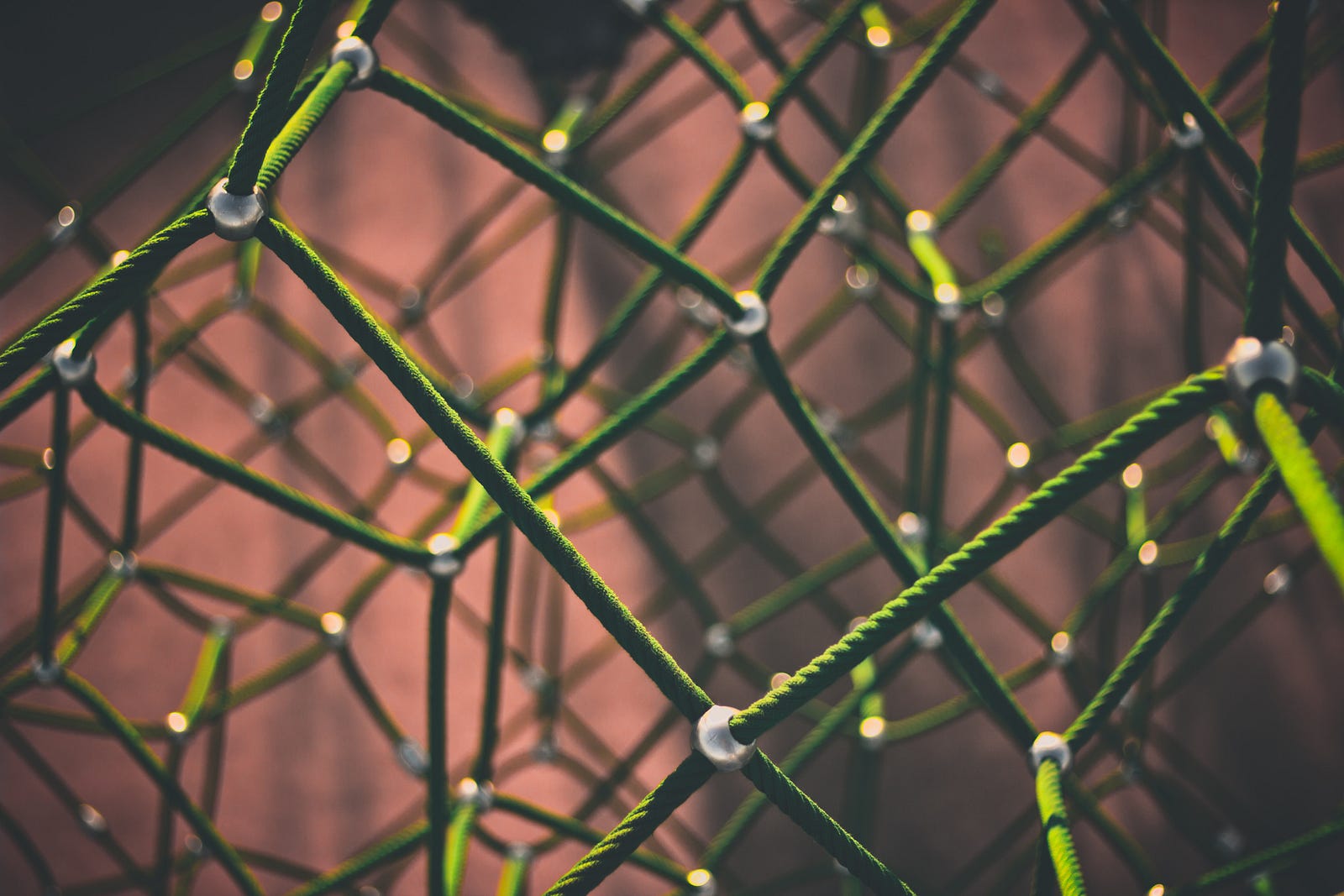
“Emerging Trends in Blockchain Technology and Applications: A Review and Outlook” Science Direct (2022)
Blockchain is being used by banks and financial institutions to create secure and transparent financial transactions e.g. by Wells Fargo to track payments and by Goldman Sachs to trade securities. In healthcare to store patient records & medical data in a secure and tamper-proof way e.g. by the Mayo Clinic to store patient records & by the University of Pittsburgh Medical Center to track the movement of blood products. In supply chain management to track the movement of goods & materials, ensuring that they are authentic & have not been tampered with e.g. Walmart tracking the food product movement & IBM tracking movement of diamonds. Blockchain is being used for decentralised dispute resolution via arbitration e.g. using systems of independent jurors to decide disputes, with the jurors are rewarded for their participation.
“EdgeFi protocols, including DePin, TPIN, and PoPw upend traditional scaling systems by integrating decentralised networks, physical work validation, and tokenomics. What Googlemaps, Applemaps and TomTom do with specialised cars fitted with a tower on the roof, high-res cameras, Zeiss lenses and LiDAR scanners — blockchain native entities like Hivemapper are doing via dashcams that drivers are already using. Akin to crowdsourced human computation that expands the scalability of networks by incentivizing participants to contribute their resources, such as hardware or storage, via means that closely align incentives and facilitate value exchange.” Towards Defensible Infinite Scale
Seven — Brain-Computer Interfaces
Invasive and non-invasive devices that translate brain signals into computer inputs could transform how humans interact with technology and treat neurological conditions. BCIs are becoming more sophisticated, with the ability to record and interpret more complex brain signals. This is leading to new applications, such as allowing people with paralysis to control prosthetic limbs or computers with their minds.
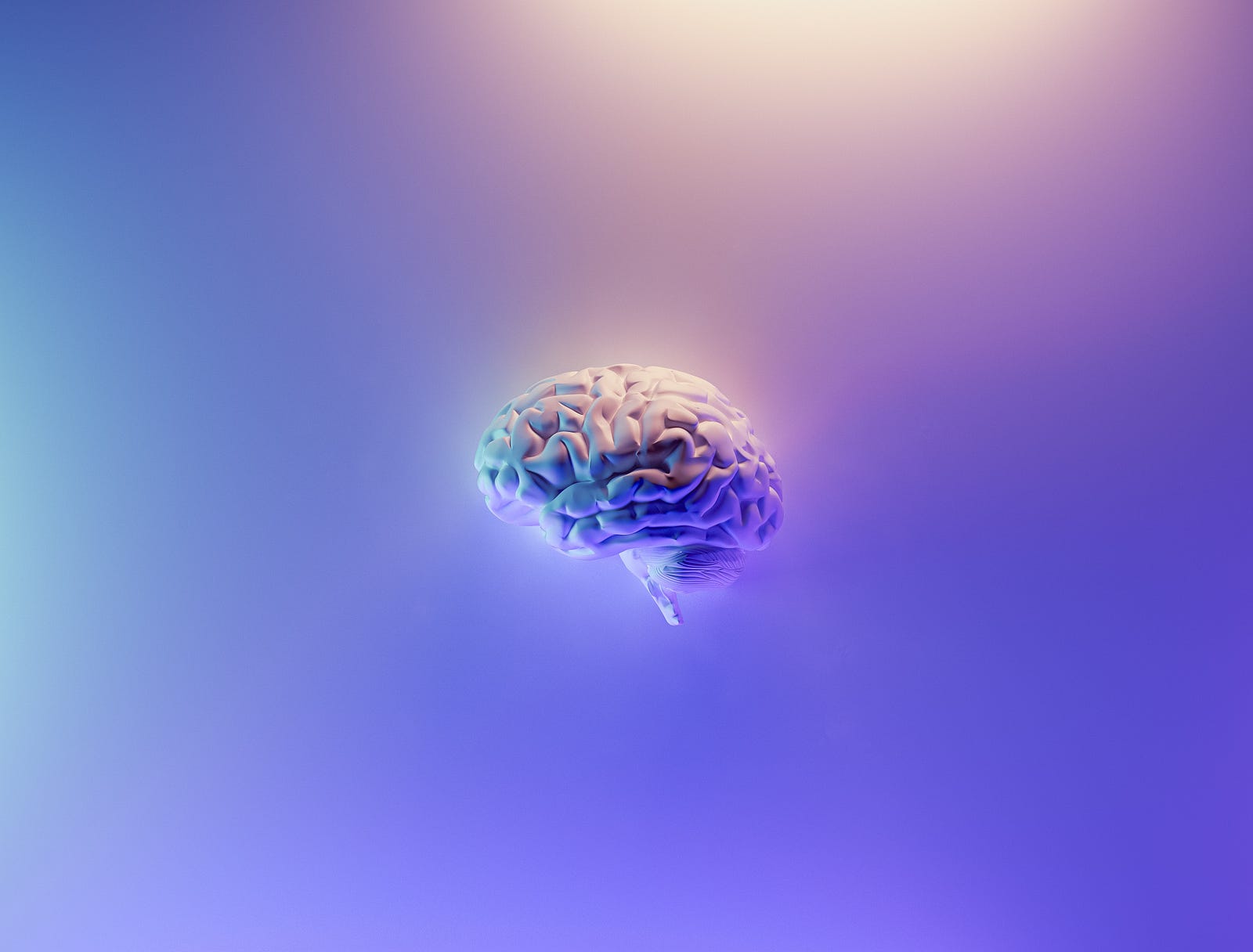
“Are BCI’s The Future Of Communication?” Forbes (2023)
“Brain–computer interface: trend, challenges, and threats” Brain Informatics (2023)
Machine learning is being used to improve the accuracy and performance of BCIs. This is allowing BCIs to be used for more complex tasks, such as controlling robots or translating thoughts into speech. Brain-to-brain interfaces (BBIs) are being developed that allow people to communicate directly with each other’s brains. This could have applications in healthcare e.g. treating neurological disorders such as Parkinson’s disease and epilepsy by using BCIs to stimulate the brain to suppress or control the symptoms of these disorders. BCIs can be used to improve communication for people with speech or language disorders. This could be done by using BCIs to translate thoughts into speech or by allowing people to communicate directly with each other’s brains.
BCIs could be used to enhance human performance in a variety of tasks, such as gaming, driving & learning. This could be done using BCIs to provide real-time feedback or to improve the user’s cognitive abilities. The Neuralink BCI is being developed by Elon Musk’s company, Neuralink. It is invasive implanted directly into the brain. The OpenBCI is non-invasive using electrodes placed on the scalp. It is open-source i.e. available for anyone to use or modify. The Emotiv BCI is non-invasive using electrodes placed on the forehead, designed for use in gaming & entertainment.
Eight — Climate Change Tech
Renewable energy storage, low carbon materials, greenhouse gas removal, and other climate change technologies are advancing rapidly to combat global warming.

“The Future of Climate Tech 2023” SVB (2023)
“Tech’s climate commitment” Deloitte Insights (2023)
Renewable energy sources like solar and wind power are becoming increasingly cost-competitive with fossil fuels, and they are being deployed at a rapid pace. There are a number of technologies that can be used to improve the energy efficiency of buildings, appliances, and vehicles. Carbon capture and storage (CCS) is a technology that can be used to capture carbon dioxide from power plants and other industrial sources and store it underground. Electric vehicles are more popular, plus electrification to transportation, buildings, and industry. Technologies being developed to make food and agriculture more sustainable include precision agriculture and vertical farming. Nature-based solutions, such as reforestation and afforestation, can help to mitigate climate change and provide other benefits, such as improved air quality and biodiversity. Digitalization is being used to improve the efficiency and effectiveness of climate tech solutions, such as by using big data and AI to optimize energy use.
Nine — Computer Vision
A.I.-powered computer vision is reaching human performance for image recognition, supporting medical diagnosis, autonomous vehicles, visual search, and more applications.
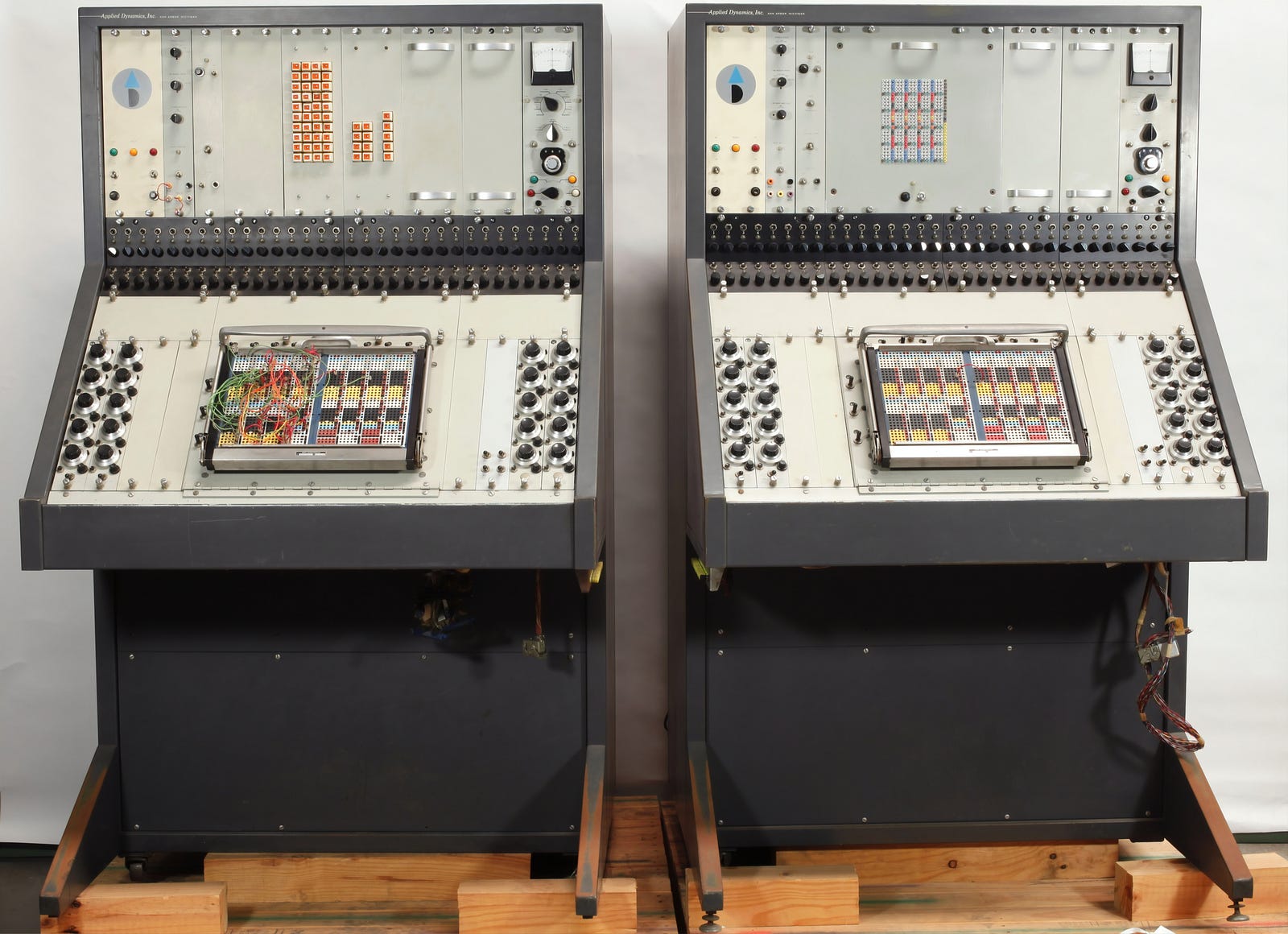
“The 5 Biggest Computer Vision Trends In 2022” Forbes (2022)
“Top 5 computer vision trends in 2023” AI Accelerator Institute (2023)
Computer vision is being used to enhance safety in various industries. It can detect unsafe behaviors in workplaces, monitor heavy machinery near humans, and even assist in diagnosing infections through chest x-rays. These applications aim to reduce workplace accidents and improve health and safety compliance. Retail is experiencing the integration of computer vision technology, with Amazon’s cashier-less stores leading the way. Computer vision is used for inventory management, customer tracking, security, and even creating virtual fitting rooms where shoppers can try on clothing virtually. Checkout-free supermarkets and mobile barcode scanning are becoming more common.
Computer vision plays a crucial role in modern cars, including monitoring driver fatigue through facial expressions, checking seatbelt usage, and tracking personal items left behind in vehicles. It’s a key component of self-driving cars, with manufacturers, like Tesla, emphasizing its importance over traditional sensors like lidar and radar. Edge computing, where data processing occurs closer to the data source, is gaining traction in computer vision applications. This approach offers faster response times, making it suitable for real-time tasks in safety and autonomous driving. It also addresses security concerns by analyzing and discarding data locally, reducing the need for centralized processing or storage in the cloud.
Ten — Cyber Threats & Security
Hacking tools are becoming more sophisticated as cybercriminals use ransomware, supply chain attacks, deepfakes, password theft, and novel techniques to breach security systems. Cybersecurity is no longer just about protecting IT systems. Organizations need to take a more holistic approach, considering all aspects of their business, including their people, processes, and technology. Cyberattackers are becoming increasingly sophisticated, using techniques such as social engineering to target organizations. Organizations need to be prepared for these attacks and have robust security measures in place.
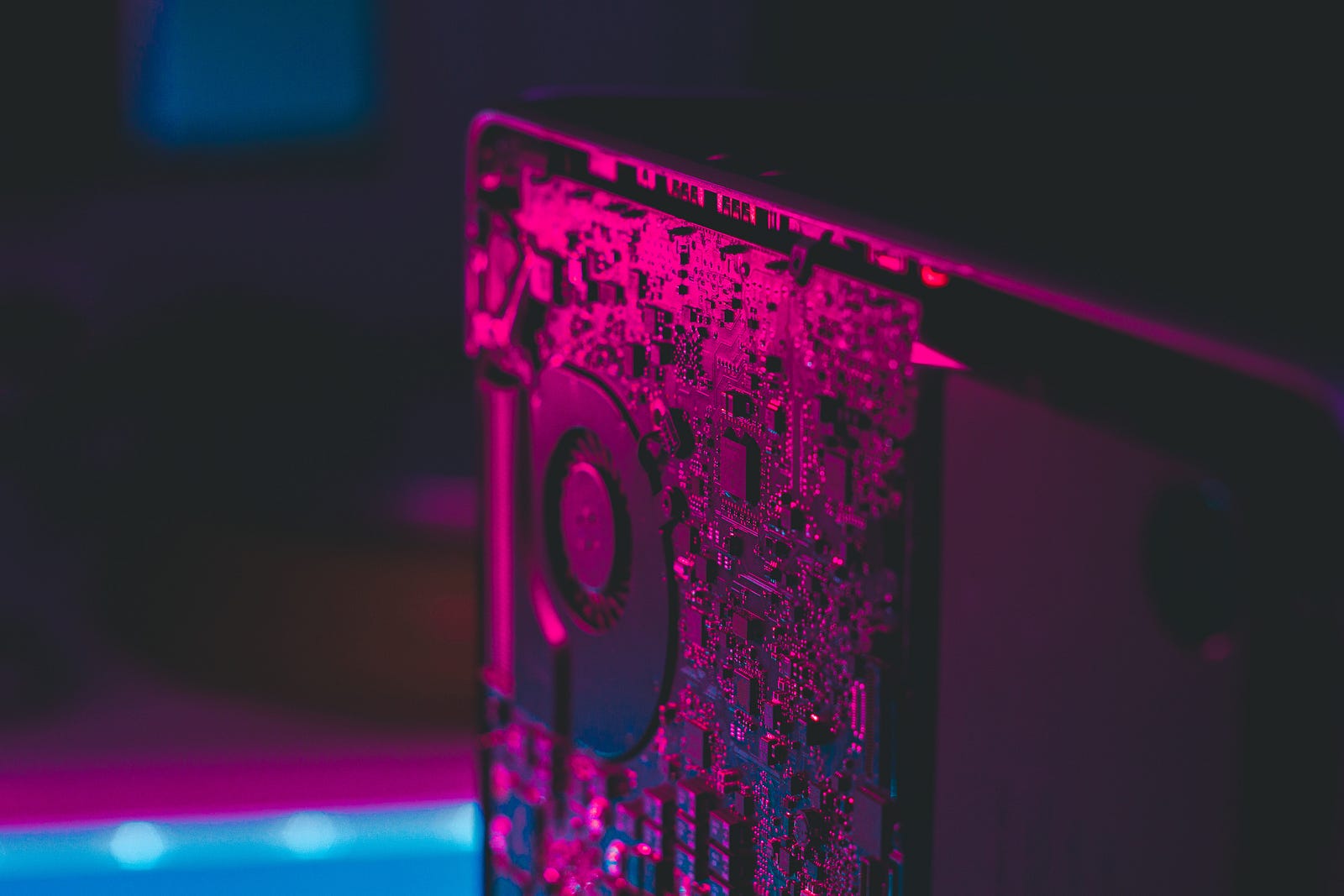
“Top Strategic Cybersecurity Trends for 2023” Gartner (2023)
“Cybersecurity trends: Looking over the horizon” McKinsey (2022)
“Cybersecurity Threat Trends Report” Deloitte (2023)
The rise of AI and automation in cybersecurity such as threat detection and response frees up human security analysts to focus on more strategic and critical tasks. Cloud computing is becoming increasingly popular, as it offers businesses a more scalable and cost-effective way to store and process data. However, cloud computing also introduces new security risks, as organizations need to ensure that their data is secure in the cloud.
The growth of the Internet of Things (IoT) is connecting billions of devices to the internet, creating new opportunities for businesses but also new security risks. Organizations need to find ways to secure these devices and protect them from cyberattacks.
Identity Fabric Immunity (IFI) is the ability to protect an organization’s identity fabric from attack e.g. protecting user identities, passwords, and access tokens. Cybersecurity Validation (CV) is the process of ensuring that cybersecurity controls are effective. Cybersecurity Platform Consolidation (CPC) reduces costs and improves efficiency. Security Operating Model Transformation (SOMT) transforms an organization’s security operating model changing the way security teams are organized, the tools they use, and the processes they follow. Composable Security (CS) is the ability to assemble security controls into a flexible and adaptable security architecture to respond more quickly to new threats and security incidents. Human-Centric Security Design (HCSD) takes into account the human element including things like user behavior, social engineering, and security awareness training. Enhancing People Management for Security Program Sustainability (EPS) ensures long term sustainability by recruiting and retaining skilled security professionals, and developing a culture of security awareness. Increasing Board Oversight (IBO) ensures the board of directors is aware of cybersecurity risks and takes steps to mitigate them.
Eleven — Data Privacy Concerns
Facial recognition, data collection, and tracking are raising concerns about privacy. Tech to preserve anonymity and limit data gathering are growing in response.
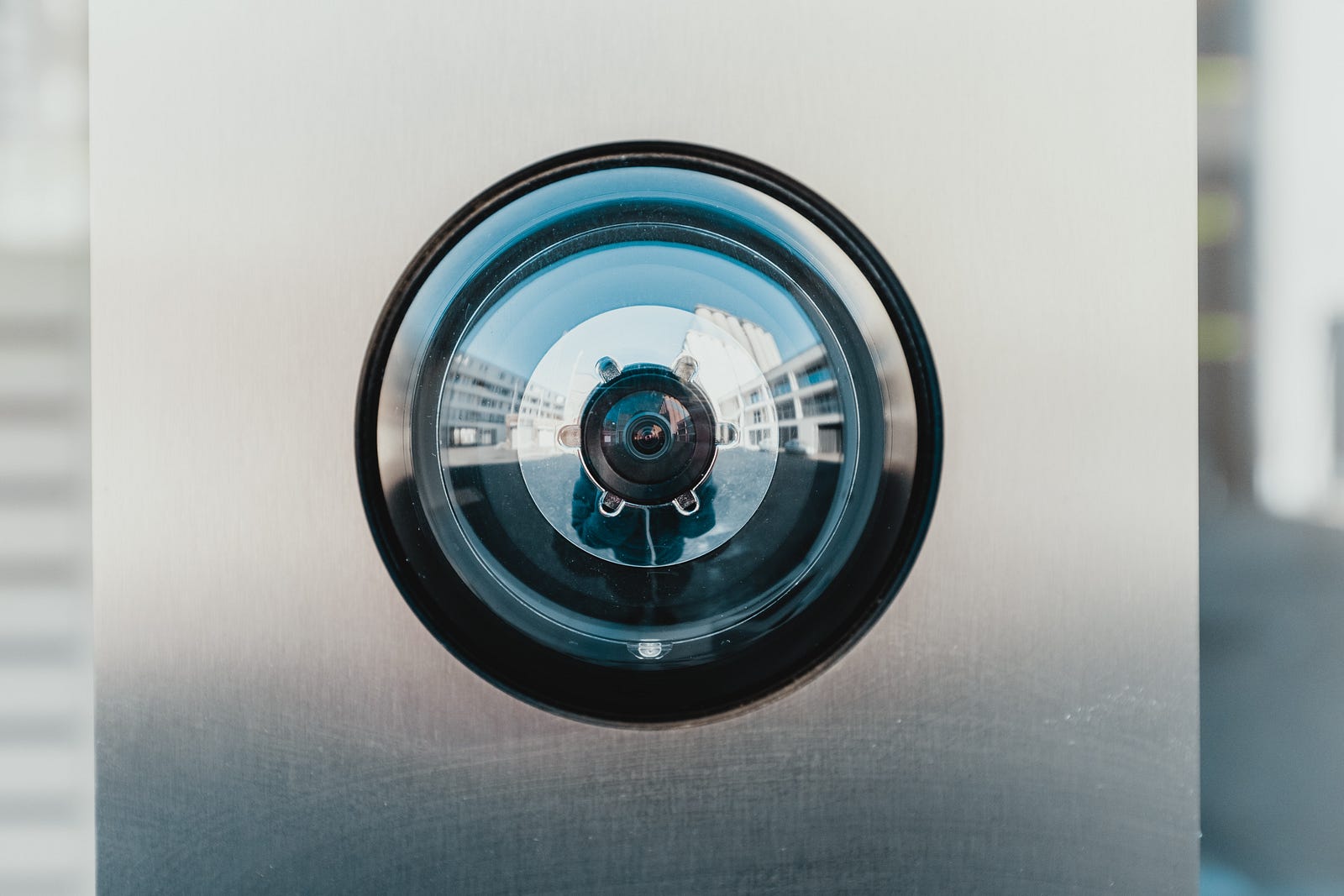
“Privacy Through 2024” Gartner (2022)
“Data Security & Privacy” Forbes (2023)
Organisations are centralizing privacy UX, consolidating privacy notices, consent management, and subject rights requests (SRR) into a single self-service portal. This trend is driven by the growing complexity of privacy regulations (e.g. GDPR and CCPA) plus the need for organizations to make it easier for individuals to understand & exercise their privacy rights. Privacy-enhancing technologies (PETs) can be used to protect privacy without sacrificing utility e.g. cryptographic algorithms, data masking techniques & synthetic data generation using AI & ML. There are still challenges like the need for interoperability and a lack of clear standards.
Organizations that can demonstrate strong privacy practices will gain a competitive advantage in the marketplace. This is because consumers are increasingly demanding that organizations protect their privacy. A growing number of startups are focused on developing privacy-focused technologies and services. These startups will play a key role in shaping the future of privacy.
Twelve — Decentralized Finance
Cryptocurrencies, blockchain-based financial apps, and decentralized autonomous organizations are transforming finance into a more open, global system.

“Global Decentralized Finance (DeFi) Market” BCC Research (2023)
“Decentralized Finance (DeFi) is the Future” Nasdaq (2022)
DeFi transactions are recorded on a public blockchain, which makes them transparent and accessible to anyone. Traditional financial transactions are often opaque and hidden from public view. Anyone with an internet connection can participate in DeFi, regardless of their location or financial status. Traditional financial services are often inaccessible to people in developing countries or people with low incomes. DeFi transactions are secured by cryptography, which makes them more difficult to hack than traditional financial transactions. DeFi is constantly evolving, with new products and services being developed all the time. Traditional financial services are often slow to adapt to new technologies.
DeFi protocols are still under development and are vulnerable to hacking. In 2022, there were over $10 billion worth of DeFi hacks. The price of cryptocurrencies, which are used in DeFi, is volatile. This can make DeFi investments risky. DeFi is complex and can be difficult to understand. This can make it difficult to assess the risks involved in DeFi investments. DeFi is not yet regulated in many jurisdictions. This could make it difficult to recover losses in the event of a hack or other loss.
Thirteen — Digital Fashion
Virtual fashion and digital wearables are evolving as people dress up gaming avatars, virtual influencers, and social media profiles with limited edition digital attire.

“Metaverse Fashion Report: Unlocking the Future of Style” Patricia Haueiss (2023)
“Unpacking the Vast and Infinite World of Digital Fashion” Elle (2023)
“Web 3: Digital Fashion’s Future” Conde Naste (2023)
Fashion brands are increasingly holding virtual fashion shows e.g. in 2022 — Dolce & Gabbana on Decentraland; Tommy Hilfiger on Roblox; and Prada on Snapchat. This allows them to reach a wider audience and showcase their work immersively. People are increasingly interested in expressing themselves through their digital avatars and through ownership of digital assets like NFTs. AR can be used to try on clothes virtually, and VR can be used to create immersive fashion experiences.
Digital fashion is more sustainable than traditional fashion and does not require the use of physical resources, such as fabric, water, and energy. Digital fashion can be accessed and worn by anyone with an internet connection. This makes it a more accessible and affordable. Digital fashion allows designers to create new and innovative designs that would not be possible with physical clothing. Digital fashion can be interacted with in ways that traditional fashion cannot. For example, digital fashion can be tried on virtually and shared on social media.
Fourteen — Digital Therapeutics
Digital therapeutics (DTx) use software and sensors for treating medical conditions such as chronic disease through interventions like cognitive behavioral therapy apps, biofeedback, and customized medical algorithms. Digital health can improve the quality, efficiency and affordability of care.
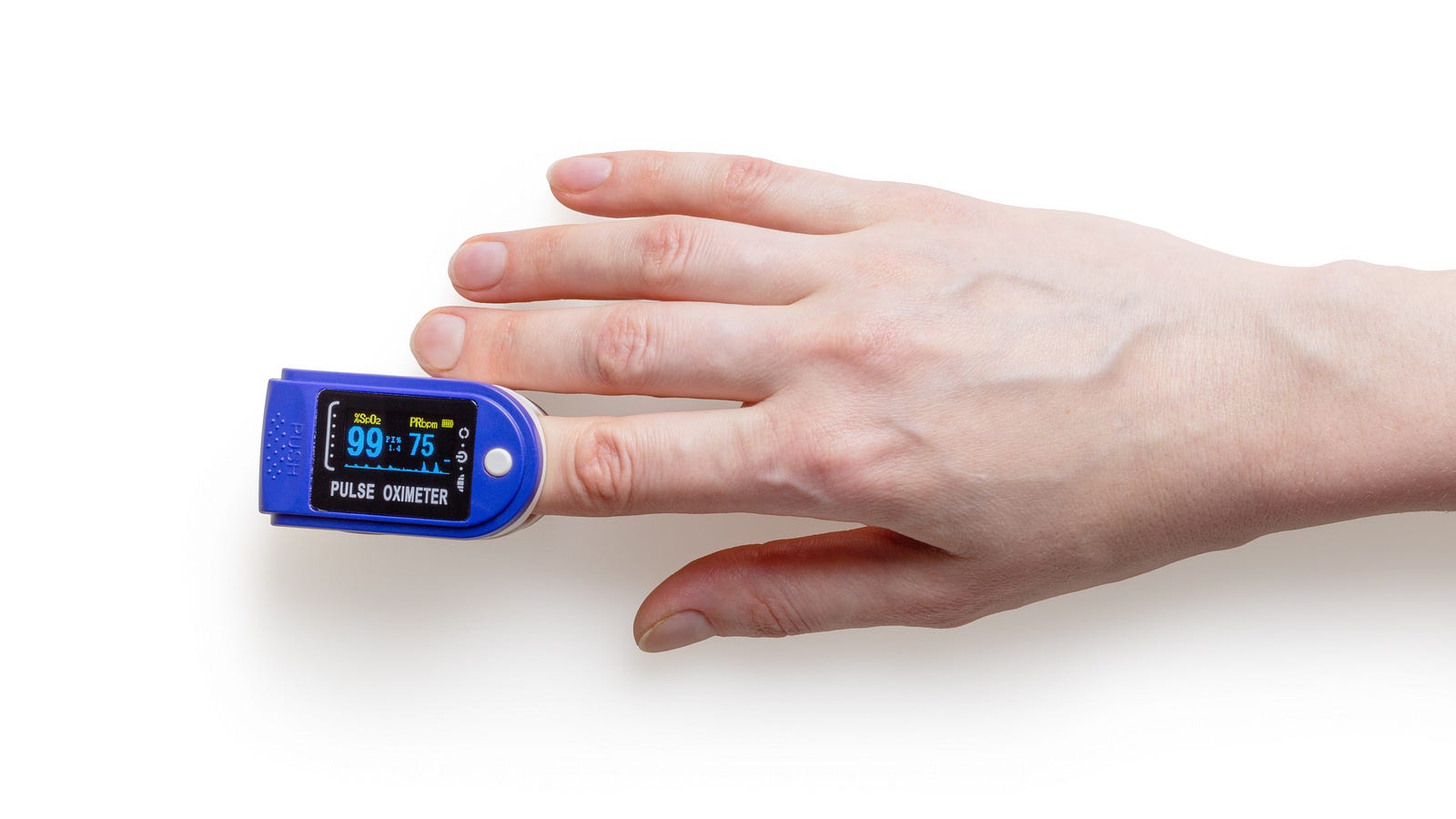
“The Future of Digital Health” BCG (2023)
“Digital therapeutics from bench to bedside” Nature (2023)
Telehealth allows patients to consult with healthcare providers remotely, using video conferencing or other technologies. This can make it easier for patients to access care, especially those who live in rural areas or who have difficulty traveling. Wearable devices, such as fitness trackers and smartwatches, can be used to collect data about patients’ health. This data can be used to track patients’ progress, identify potential health problems, and provide personalized care. Artificial intelligence (AI) is being used to develop new healthcare tools, such as chatbots that can answer patients’ questions and algorithms that can diagnose diseases. AI has the potential to revolutionize healthcare by making it more personalized and efficient.
Blockchain is a secure and transparent way to store data. This makes it a promising technology for healthcare, as it could be used to store patients’ medical records and other sensitive data.
DTx can be used to help patients manage their blood sugar levels (Diabetes). For example, the DTx called “Omada Health” provides personalized coaching and support to help patients achieve their blood sugar goals. DTx can be used to help patients manage their risk factors for heart disease. For example, the DTx called “CardioMEMS” monitors patients’ heart function and provides alerts to healthcare providers if there are any problems. DTx can be used to help patients manage their asthma symptoms. For example, the DTx called “Air Duo” provides personalized coaching and support to help patients use their inhalers correctly. DTx can be used to help patients manage their depression symptoms. For example, the DTx called “Woebot” is a chatbot that provides cognitive-behavioral therapy to patients. DTx can be used to help patients manage their anxiety symptoms. For example, the DTx called “Calm” provides relaxation exercises and guided meditations to help patients manage their anxiety.
Fifteen — Digital Twins
Digital twins are virtual models of real world systems and processes that update in real-time and can run simulations to optimize operations and prevent problems. Volumetric video fully captures a 3D representation of people, objects, and environments. This promises to enable next-level virtual reality experiences and “digital twins.”
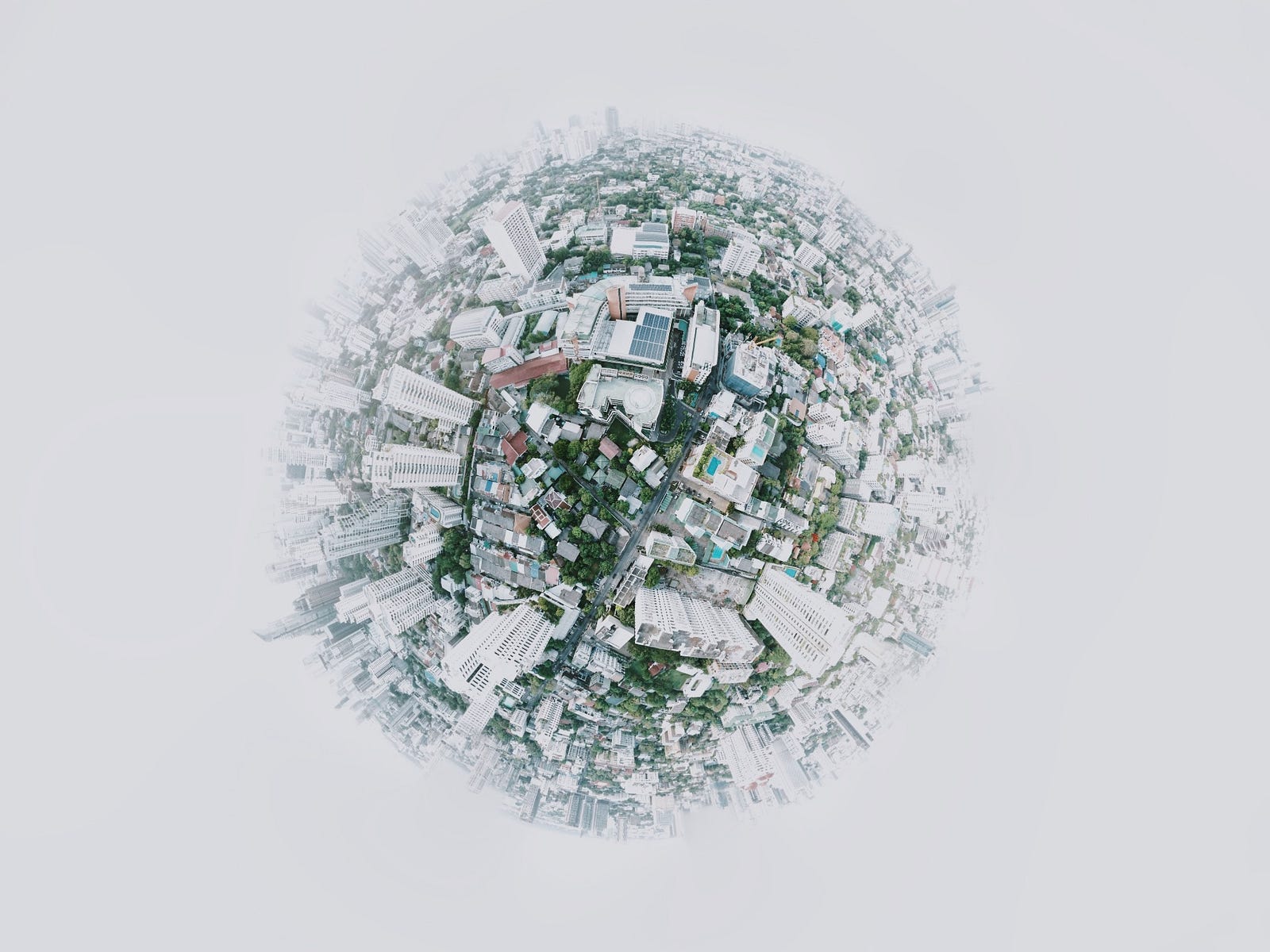
“Impact of digital twins on the evolution of intelligent manufacturing & Industry 4.0” Advances in Computational Intelligence (2023)
“Digital twin in healthcare: Recent updates and challenges” PwC (2023)
Cloud platforms like Microsoft Azure provide the computing power and tools needed to create and leverage complex digital twin models and simulations. Cloud-based digital twin platforms are becoming more prevalent. AI & ML allow digital twins to conduct predictive analytics and become more intelligent over time based on operational data. AI-powered digital twins are an area of innovation. VR & AR help visualize digital twin data and models, bringing them closer to mirroring real-world environments. Automotive and aerospace industries have been early adopters of digital twin technology for design, simulation, and maintenance. Manufacturing is seen as a major growth area. Supply chain digital twins can model logistics networks, optimize routing and shipping, and provide visibility across suppliers. Digital twin use for supply chain management is increasing.
Platforms and model libraries to quickly build digital twins are emerging to expand adoption by making implementation faster and easier. Security and data integrity are major concerns and challenges as digital twins integrate more sensitive operational data from physical assets and processes. There is a trend toward end-to-end digital threads connecting digital twins across products’ entire lifecycles from design to operations. Internet of Things (IoT) and sensors are a key enabling technology for digital twins, allowing real-time data collection and communication between physical assets and their virtual models. Advances in low-cost, ubiquitous sensors and industrial IoT platforms have helped drive digital twin adoption.
Sixteen — Exoskeletons
An exoskeleton is a wearable robot that provides support and assistance to the human body. It is made up of rigid or flexible materials that are attached to the body, and it can be used to augment strength, endurance, and mobility. Exoskeletons are used in a variety of applications, including industrial manufacturing, healthcare, and military.
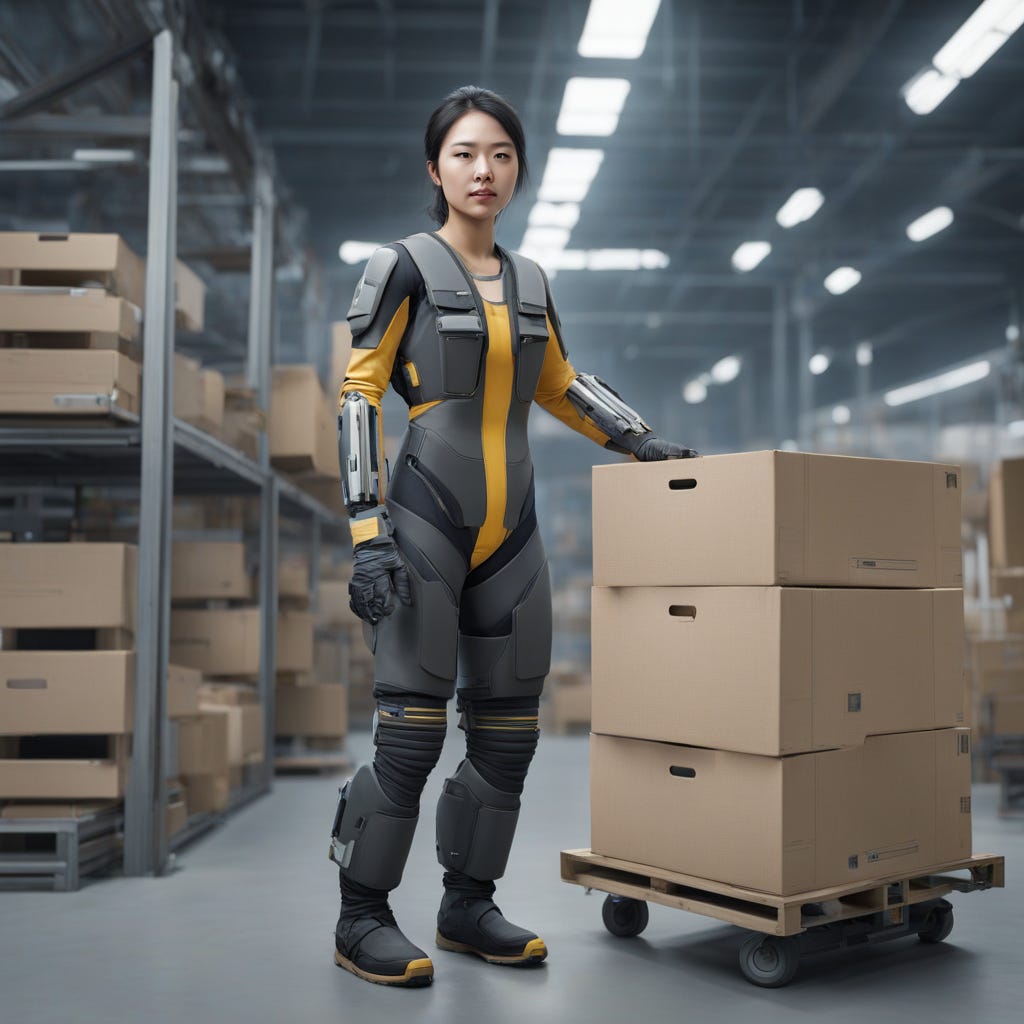
““Robotics In Retail” Retail Insight Network (2023)
“Exoskeletons for Locomotor Assistance” Nature (2022)
“Human Augmentation” Wellspring (2022)
Rigid exoskeletons with sensors and advanced control algorithms are enabling more natural and intuitive human-robot interaction and coordination. This allows for optimized, personalized assistance. Soft exosuits made of textiles and flexible materials are emerging as lighter weight, more comfortable alternatives to rigid exoskeletons. They are especially promising for portability and accessibility. Off-board and tethered systems have been crucial for rapid prototyping and scientific understanding, but fully portable systems are needed for real-world use. Energy efficiency and power density are key areas of innovation. Combining exoskeletons with electrical stimulation of muscles is a promising approach to restore movement in paralysis. Hybrid FES-exoskeleton systems are being explored.
Machine learning techniques have potential for patient selection, customizing assistance, and predicting rehabilitation outcomes based on sensor data. This could optimize and individualize therapy. Future exoskeletons are likely to incorporate a wide array of sensors for user intent detection, performance monitoring, and context-aware control. Expanding beyond joint kinematics will be important. Better understanding of human physiological responses and biomechanics is still needed to improve exoskeleton design and truly enhance, not impede, natural movement. Clinical adoption remains limited due to inconclusive efficacy benefits in trials so far. More strategic research is needed to prove value and justify costs. Multicenter trials and standards will be key.
Seventeen — Humanoid Robots
Advances in materials science, sensors, and A.I. are enabling more dexterous, capable, and responsive humanoid robots. Social robots are emerging across industries.
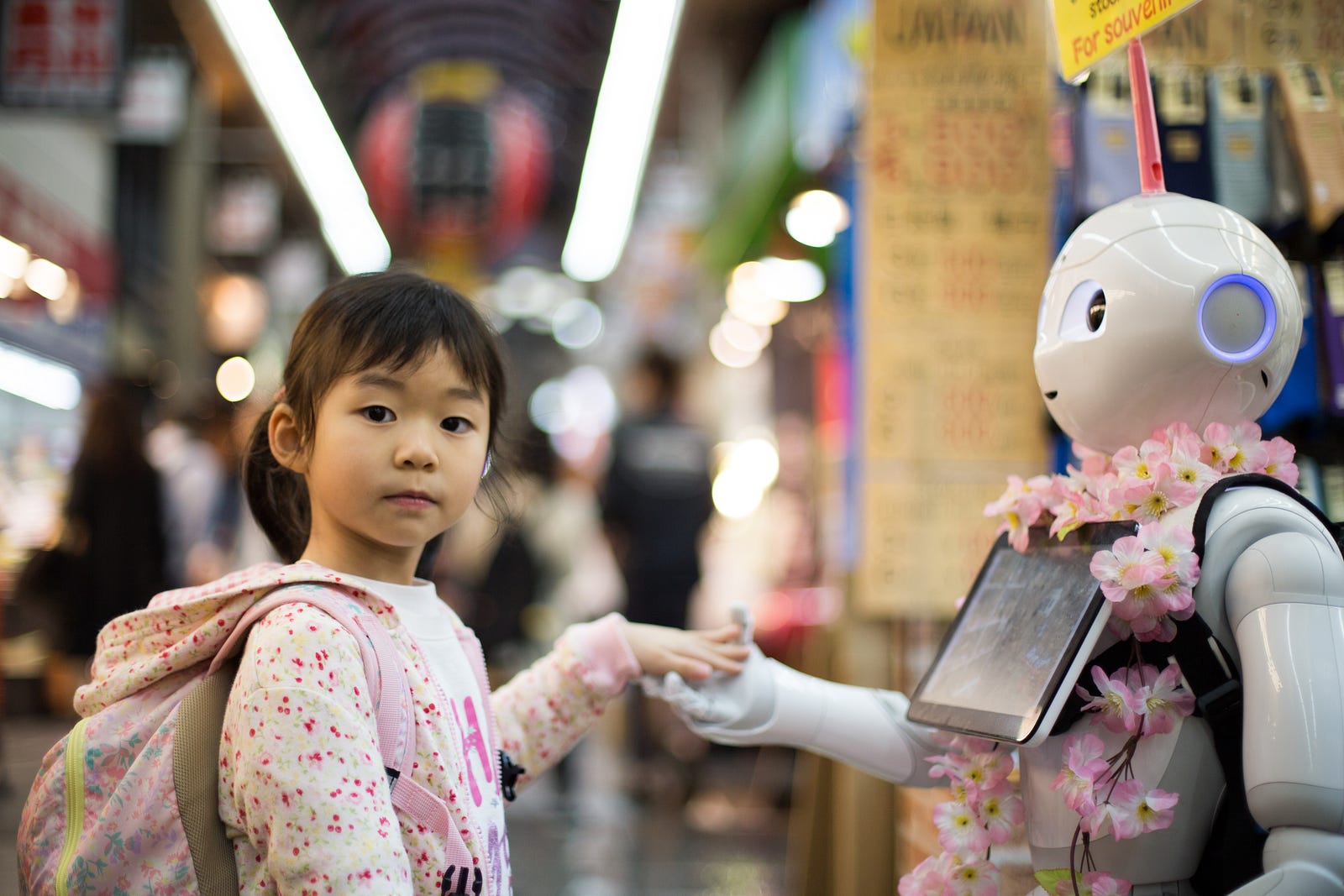
“Humanoids ready to take first steps” The Robot Report (2023)
“A New Generation of Robots Increasingly Human” New Yoker (2023)
“Robotics Trends” ABB (2023)
Robots are becoming more human-like in their appearance and movements. The trend is driven by the desire to make robots more comfortable for people to live and work alongside. Anthropomorphic robots like Sophia (Hanson Robotics)and Ameca (Engineered Arts) are preparing people to welcome more sophisticated androids into their daily lives. The AI revolution is animating robots with skills that match, surpass, or replace human abilities. There is a risk of inadvertently creating machines that could harm humans in unforeseen ways.
Boston Dynamics is a robotics company that is known for its Atlas robot. Atlas is a humanoid robot that is capable of running, jumping, and climbing. Agility Robotics is a robotics company that is developing humanoid robots for the healthcare industry. Agility’s Digit robot is designed to help patients with mobility issues. SoftBank Robotics is a robotics company that is developing humanoid robots for the consumer market. SoftBank’s Pepper robot is designed to be a companion robot for humans. UBTECH Robotics is a robotics company that is developing humanoid robots for education and entertainment. UBTECH’s Walker robot is designed to be a learning companion for children.
Eighteen — Indoor Vertical Farming
Indoor vertical farming is enabling year-round crop growth with optimized lighting, humidity, and nutrients. It promises to enhance food security as climate change worsens. It can also help to reduce our reliance on pesticides. Such farms are designed to be modular, which means that they can be easily expanded or contracted to meet needs. They are also scalable, which means that they can be used to grow food in a variety of sizes and locations. They can be located in urban areas, where land is scarce. They can also be stacked, which allows them to be used in even smaller spaces for efficiency. Reduced environmental impact in the form of less water and land than traditional farms, plus they also generate less waste.

“How far can vertical farming go?” BBC (2023)
“The Trendy, Spendy Future of Tech-Enabled Indoor Farming” KPMG (2022)
“The vertical farming bubble is finally popping” Fast Company (2023)
Vertical farming companies are failing to become profitable due to high cost expenses to set up and operate. They require specialized equipment and skilled labor. Lack of consumer acceptance because they may not be familiar with the technology or they may be concerned about the quality of the food. Traditional farms are often more efficient and less expensive than vertical farms. This makes it difficult for vertical farming companies to compete on price. Vertical farming requires specialized knowledge and skills. This can be a barrier to entry for some businesses.
This could be overcome in future given rising demand for fresh, local produce, as the population grows and urban areas expand. Advances in technology, such as LED lighting and automated systems, could help to reduce the cost of vertical farming. Governments could provide financial support or tax breaks to vertical farming companies. This could help to make vertical farming more affordable and profitable.
Nineteen — IoT Proliferation
Internet of Things sensors and devices embedded into everyday objects and environments will continue to proliferate, collecting data and allowing for intelligent remote control. Smart/Connected Homes are getting smarter with A.I. assistants, appliance connectivity, security sensors, remote controls, predictive maintenance, and overall integration.
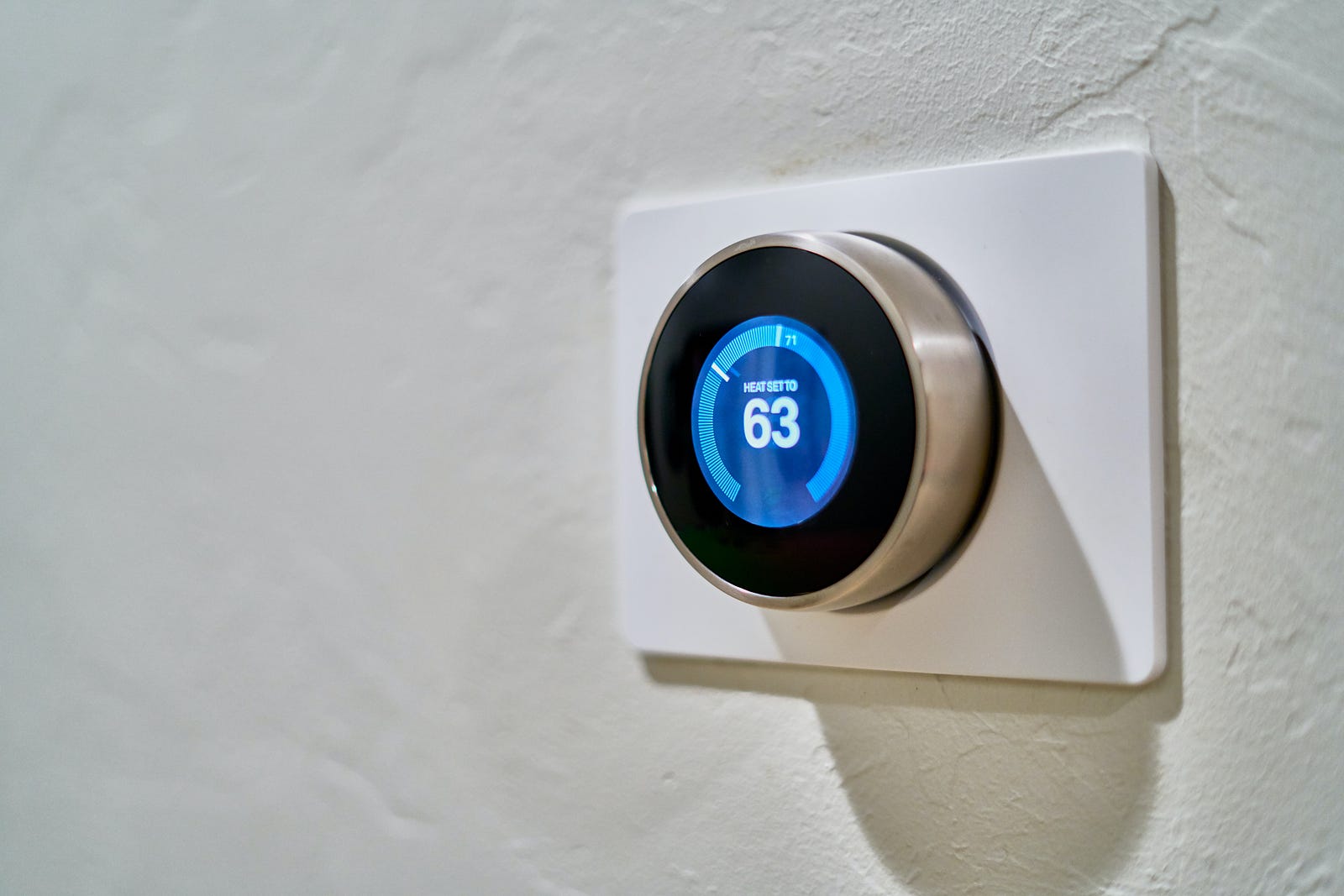
“Smart Home Trends” Ideal Home (2023)
“Connected Homes” TechUK (2022)
“State of the Connected World” World Economic Forum (2022)
“IoT in 2023 and beyond” Tech Informed (2023)
Locks, thermostats, lights, security cameras, voice assistants, & home automation hubs can all be leveraged as smart appliances to be controlled remotely that learn habits to make suggestions based on weather, preferences or energy savings. Pet tech can help you monitor pet’s activity, feeding, and even dispense medication. Indoor air quality monitoring, autonomous vacuums, and smart speakers all contribute to an expected number of connected devices globally reaching 125 billion by 2025.
The rise of 5G, the next generation of cellular connectivity, will offer much faster speeds and lower latency than 4G. This will enable new and more demanding IoT applications, such as real-time monitoring and control of industrial equipment. The growth of edge computing, a distributed computing paradigm, is bringing computing and storage resources closer to the end devices. This can improve performance and reduce latency for IoT applications. AI is being used to make IoT devices more intelligent and capable. For example, AI can be used to analyze data from IoT sensors to detect anomalies or predict future events. Open standards are essential for the interoperability of IoT devices and systems. This will make it easier for businesses and organizations to adopt IoT solutions.
Twenty — Microbiome Engineering
Advances in synthetic biology will allow precision engineering of microbial communities in humans, plants, and the environment for health and sustainability.

“A future vision for microbiome engineering” Open Access Government (2022)
“Skin Microbiome” Secret Life Of Skin (2023)
“Vaginal Microbiome” Guardian (2023)
Microbiome engineering is being used to treat diseases e.g. inflammatory bowel disease, clostridium difficile infection, autism spectrum disorder, obesity, and cancer. Probiotics — live microorganisms that are similar to the bacteria that naturally live in our bodies. They are thought to help restore balance to the microbiome and improve health. Prebiotics — non-digestible food ingredients that promote the growth of beneficial bacteria in the gut. Fecal microbiota transplantation (FMT) — a procedure in which healthy gut bacteria from a donor are transplanted into the gut of a patient. This is being used to treat a variety of diseases, including Clostridium difficile infection, inflammatory bowel disease, and autism spectrum disorder. And Genomic engineering — the use of genetic engineering techniques to modify the genes of bacteria. This is being used to create bacteria that produce therapeutic molecules, such as vaccines and antibiotics.
Skin microbiome profiling is the process of analyzing the bacteria, viruses, and fungi that live on the skin. This identifies imbalances in the microbiome to develop treatments that restore balance as well as offer personalized skin care products that are tailored to the individual’s unique microbiome. This approach is more likely to be effective than using one-size-fits-all products. Especially to treat skin conditions, prevent skin aging, and improve appearance. The vaginal microbiome is a delicate & complex ecosystem of bacteria, viruses, and fungi that is essential for vaginal health. Using antibiotics only when necessary, avoiding douching, and practicing good hygiene keep the it healthy and prevent infections.
Twenty One — Sustainable Aviation
As the global emphasis shifts towards sustainability, the aviation industry is rapidly adapting with innovative solutions. Advanced technologies and sustainable fuel alternatives are paving the way for greener skies, reducing the environmental impact of air travel.

“The Future of Aviation” The Times Of India (2023)
“Sustainable Aviation Trends” Simpliflying (2023)
The future of sustainable aviation will see increased focus on non-CO2 emissions, more intentional flying by consumers, advancing battery technology enabling electric regional aircraft, airlines cooperating with rail networks, and airports building infrastructure for new aircraft types. Key innovations will include contrail prevention, solid-state batteries, more efficient synthetic fuel production, and CO2-capturing concrete. Airlines will team up with sustainable fuel producers, purchase carbon credits, and adapt operations by investing in rail networks and sustainable infrastructure.
Sustainable aviation fuels (SAFs) are made from non-fossil fuel sources, such as biomass or waste. They can help to reduce the carbon emissions of air travel by up to 80%. Electric aircraft are powered by batteries and do not produce any emissions. Carbon capture and storage (CCS) technology can be used to capture carbon dioxide from the atmosphere and store it underground. This can help to reduce the overall emissions of air travel. Airlines are starting to use more sustainable materials in their cabins, such as recycled plastics and bamboo.
Twenty Two — Nuclear Fusion
Advances in nuclear fusion technology are bringing us closer to limitless clean energy by replicating the process that powers stars. This could revolutionize the energy grid.
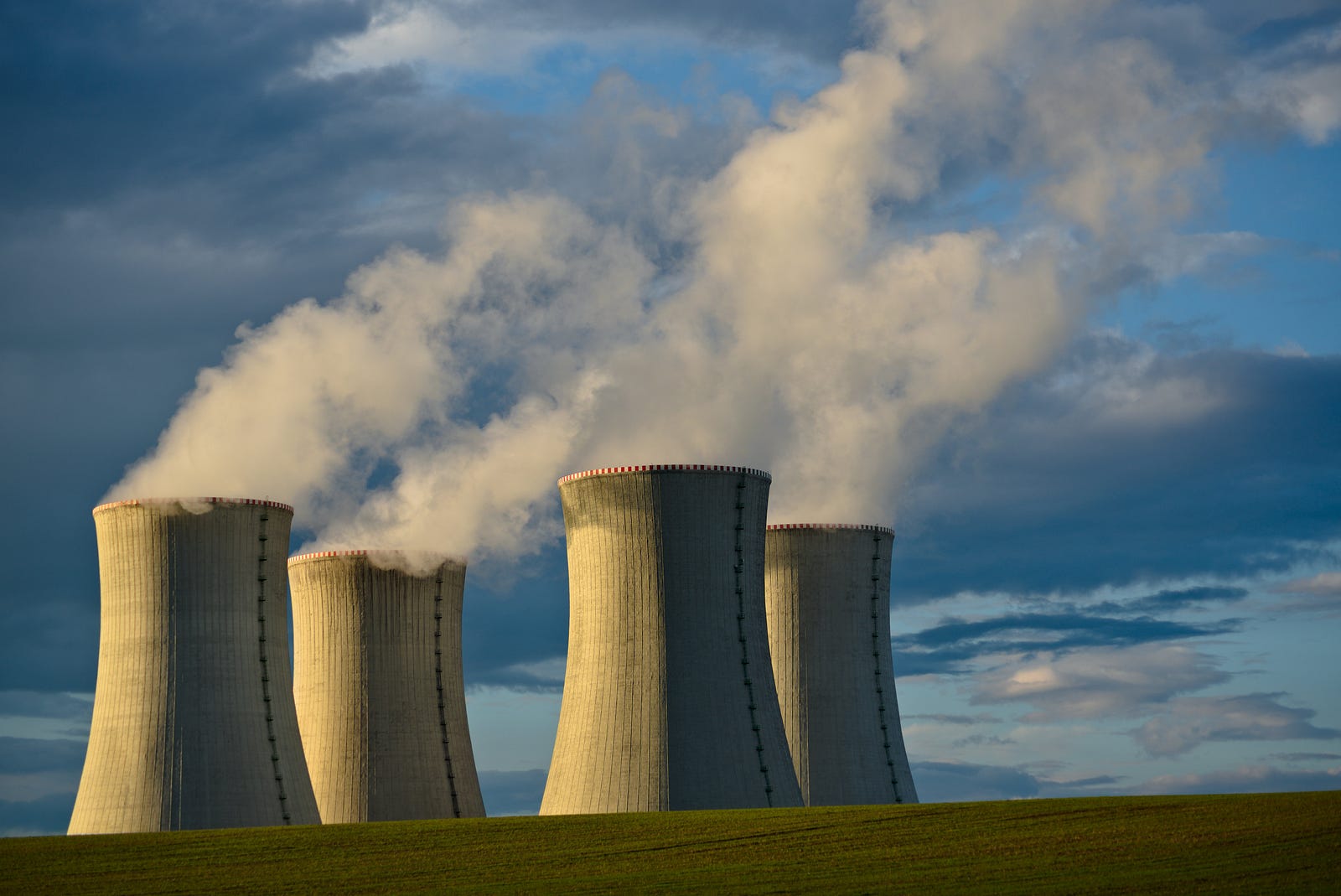
“What will it take for nuclear power to meet the climate challenge?” McKinsey (2023)
“The Global Fusion Industry” Fusion Industry Association (2023)
Key achievements in fusion energy research in 2023 include the Joint European Torus (JET) experiment achieving a record fusion energy gain of 59 megajoules. This is a major milestone on the path to commercial fusion power. The China Fusion Engineering Test Reactor (CFETR) achieving first plasma. This is a significant step towards the construction of a fusion power plant in China. The SPARC experiment is under construction in the United States. SPARC is designed to achieve fusion energy gain of 10 times.
One of the biggest challenges of fusion energy is the need to achieve high temperatures and pressures. This requires the use of special materials that can withstand these extreme conditions. Another challenge is the need to extract the heat from fusion reactions and convert it into electricity. This is a complex process that has not yet been fully solved. The cost of fusion power plants is also a challenge. Fusion power plants are likely to be more expensive than other types of power plants, such as solar and wind power.
Twenty Three — Quantum Computing
Once confined to research labs, quantum computing power is expanding. It promises to transform materials science, drug discovery, machine learning, and more fields.
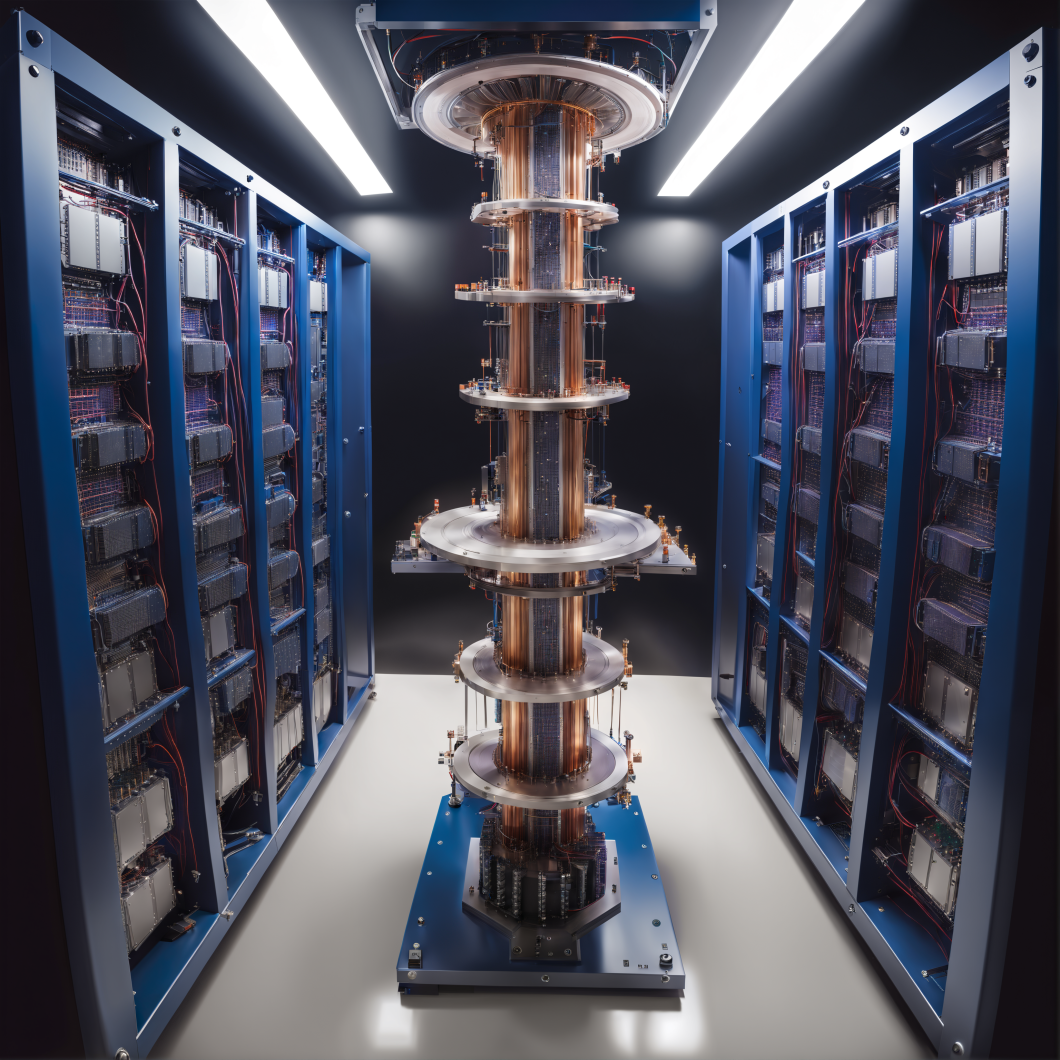
“What’s Next For Quantum Computing” MIT Review (2023)
“Quantum Commercial Benefits” AI Business (2022)
Quantum communications, enabling coherent linkage between qubits, is becoming vital for scaling quantum computers, both locally and globally. The industry is moving away from the concept of noisy intermediate-scale quantum (NISQ) and is emphasizing error correction techniques to make quantum computers more robust. There is a growing focus on quantum software development, as flexible programming tools and hybrid quantum-classical algorithms become essential. International competition of companies & countries worldwide, such as Baidu, Alibaba, Fujitsu, and India, investing heavily in different quantum technologies, from superconducting qubits to photonics-based systems like qudits. Collaboration remains a prominent feature of the quantum computing community, with the potential for consolidation in the future.
IBM’s introduction of its 433-qubit Osprey processor, a three-fold increase in qubit count within a year while maintaining accuracy. They aim to achieve 4,000 qubits in a single machine by 2025, focusing on efficient, quantum-centric supercomputing. IBM is transitioning from single QPU chips to modular approaches, connecting multiple chips using classical hardware, two-qubit gates, micro signals, and even fiber optics for entangled links. This scalability will enable tackling real-world problems and combining quantum and conventional computing for complex problem-solving. Middleware and error correction are being introduced to improve usability, with a focus on commercial applications in finance, such as fraud detection, risk management, and derivatives modeling.
Twenty Four — Regenerative Medicine
Regenerative medicine like stem cell therapies aims to regrow, repair, and replace damaged cells, tissues, and organs. It has potential to cure degenerative diseases.
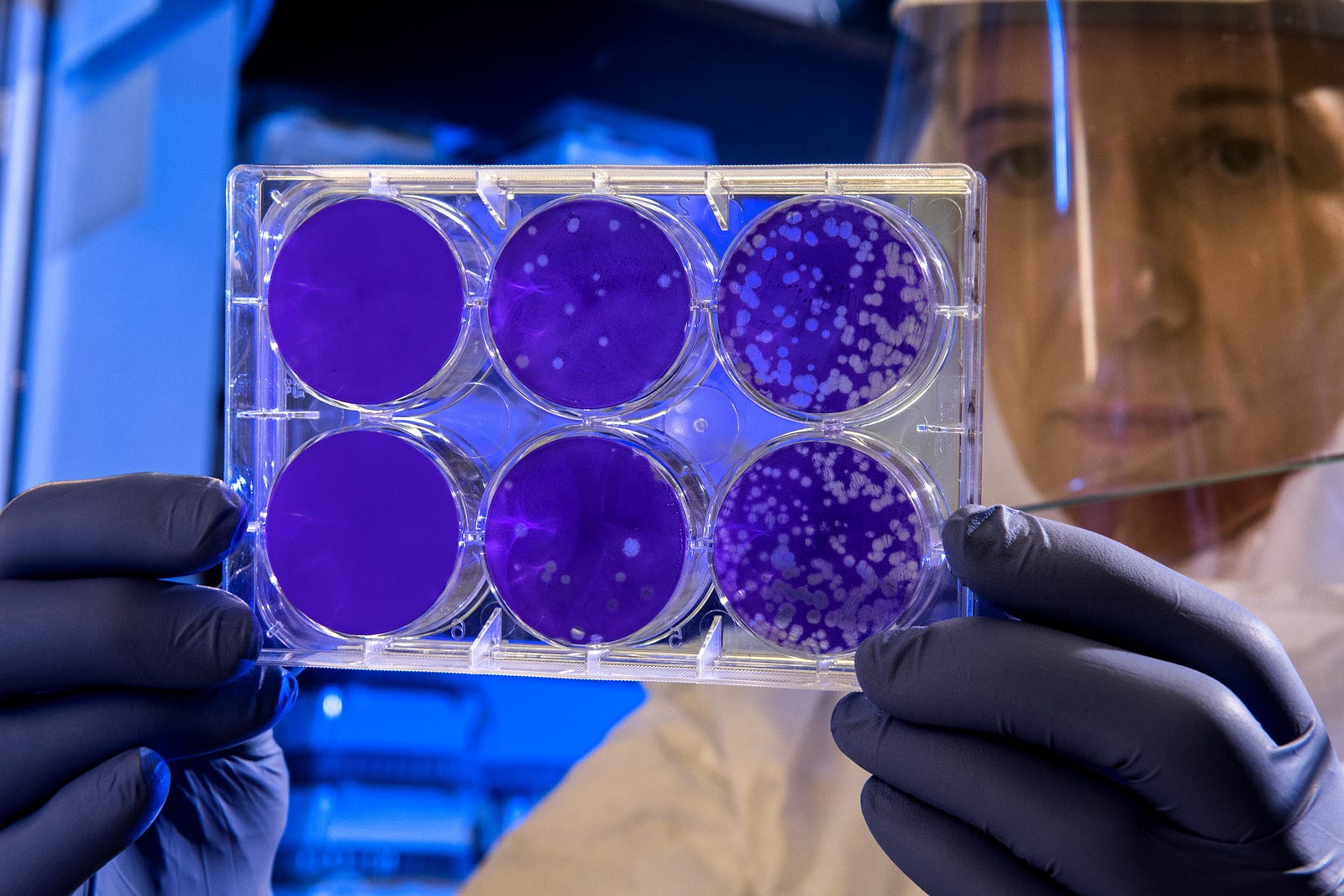
“Sector Snapshot” Alliance For Regenerative Medicine (2023)
“Emerging frontiers in regenerative medicine” Science (2023)
Regenerative medicine has the potential to address various health challenges caused by tissue damage and degenerative diseases. However, several key obstacles must be overcome, such as identifying instructive signals for tissue regeneration, immune rejection, and fibrosis. Current approaches include cell therapy, in vivo reprogramming, synthetic biology, and strategies to combat fibrosis and chronic inflammation.
The sector saw several landmark gene and cell therapy approvals in 2022, but also faced financing challenges. The pipeline is robust with around 10 potential approvals in the US in 2023, including gene therapies for rare diseases like sickle cell, the first solid tumor cell therapy, and the first ever CRISPR gene editing therapy. CRISPR gene editing in particular is entering the mainstream as it demonstrates effectiveness against blood disorders in trials and has significant patient population impact. Beyond CRISPR, next generation approaches like base editing & epigenetic editing are emerging.
Twenty Five — Big Data Analytics
Big data comprises the large and complex datasets that are being generated by businesses, governments, and individuals. These datasets can be used to gain insights into customer behavior, market trends, and other important information. These datasets can be used to gain insights into customer behavior, market trends, and other important information through an analytics process of collecting, storing, analyzing, and interpreting big data. These rapidly advancing processes can be used to identify patterns, trends, and anomalies in the data. Big data analytics can be used to make better decisions, improve efficiency, and drive innovation.
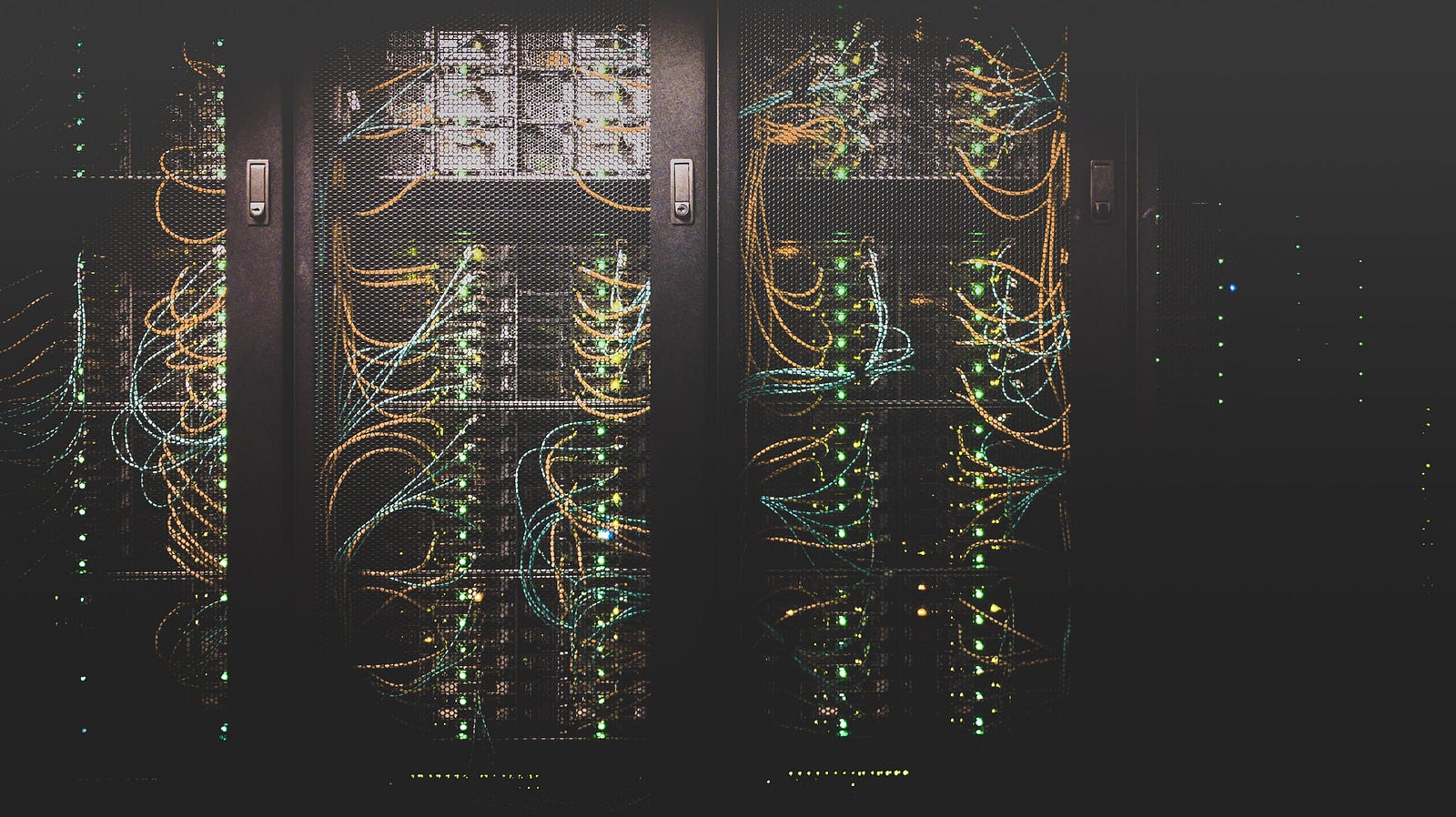
“Data Analytics Trends” Forbes (2023)
“Big Data Analytics” Monte Carlo Data (2022)
The rise of real-time analytics is becoming increasingly important as businesses need to make decisions more quickly in order to stay competitive. AI is being used to automate many of the tasks involved in data analytics, such as data cleaning and feature selection. This is freeing up human analysts to focus on more strategic tasks. Cloud computing makes it easier and more affordable for businesses to store and analyze large amounts of data. Open source data analytics tools are becoming increasingly popular as they offer a more cost-effective and customizable alternative to proprietary solutions.
Twenty Six — Smart Cities
Cities are getting smarter with big data, IoT sensors & automation to improve transportation, utilities, emergency response & city operations.
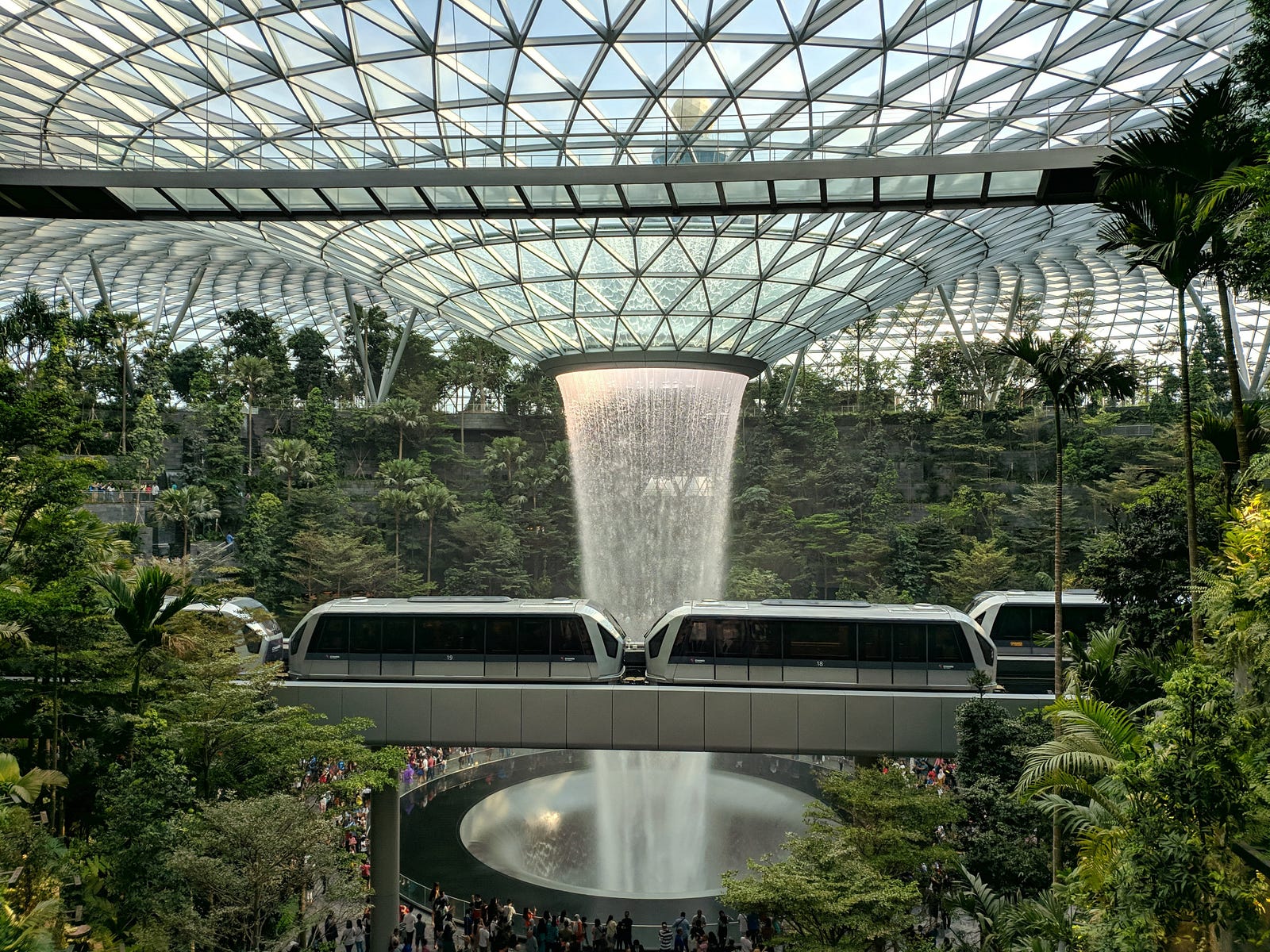
“Developing Countries defining Smart Cities of the future” WEF (2023)
“Cities of the future” BCG (2023)
“Smart Cities are Driving down Air Pollution” Fujitsu Blog (2022)
The world is urbanizing at an unprecedented pace. By 2050, two-thirds of the world’s population will live in cities. This rapid urbanization is putting a strain on city resources, such as infrastructure, housing, and transportation. Climate change is already having a significant impact on cities. Extreme weather events, such as floods and droughts, are becoming more common. These events can damage infrastructure and disrupt city services. Cities are becoming increasingly divided between the rich and the poor. This inequality can lead to social unrest and crime.
Using the Fujitsu Digital Annealer to optimize traffic flow in the Port of Hamburg reduced congestion and emissions by 9%. Using AI to predict traffic flows in the Port of Montreal, which allowed the city to adjust traffic lights to optimize traffic flows and reduce emissions. Implementing a smart parking system in Dublin, Ohio, which helps drivers find available parking spaces and reduces traffic congestion. Providing enabling technology for companies like Proventia to reduce the emissions of old city buses and diesel engines in London.
Twenty Seven— Space Exploration
Reusable rockets, private space stations, asteroid mining, interstellar probes, space tourism, and planetary colonization are opening up access to space as never before. Satellite monitoring is increasing supply chain transparency for businesses and consumers demanding sustainable, ethical sourcing.
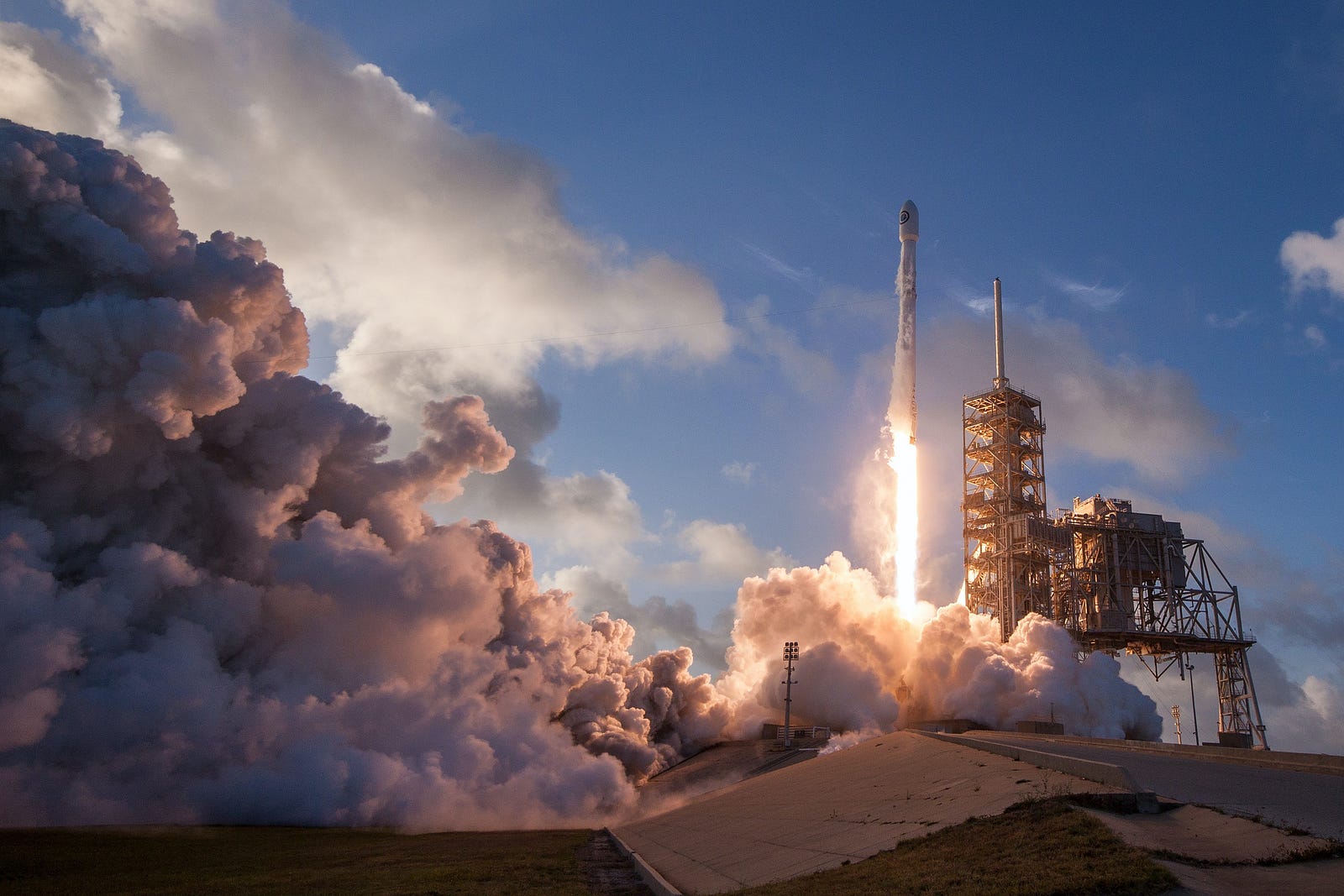
“Space Economy 2023” Verdict (2022)
“Riding Exponential Growth In Space” Deloitte (2023)
In 2021, the total global space economy was estimated at $469 billion. Bank of America predicts that the space economy will grow to a $1.4 trillion market by 2030. Experts anticipate that AI and machine learning will see broader applications in the analysis of vast datasets generated in space. Significant developments are expected in space tourism, exploration missions, and innovations in the next-generation of SmallSats/CubeSats.
This growth can be attributed to several factors, including the rising demand for satellite-based services such as communication, navigation, and Earth observation, as well as advancements in new technologies like reusable rockets and space tourism. Additionally, the increasing collaboration between governments and private companies, the development of in-orbit servicing and refueling capabilities, and the exploration of the Moon and Mars, along with the commercialization of space tourism, are contributing to the expansion of the space industry.
Twenty Eight— Synthetic Media
Deepfakes, AI text generation, image synthesis, and audio cloning are advancing rapidly. Detecting synthetic media and preventing harmful misuse continues to challenge. Deepfakes have evolved from simple image manipulation to complex video and audio manipulation, and their applications range from entertainment to political propaganda.

“Deepfakes: evolution and trends” Soft Computing (2023)
“Artificial Intelligence, Deepfakes & Disinformation” Rand (2022)
Popular platforms like Reface, MyHeritage, and Zao have democratized access to deepfake technology, allowing users to swap faces in videos or animate photos. However, some platforms, like DeepNude, have been used maliciously, primarily against women. Voice cloning apps have also emerged, enabling users to mimic celebrity voices, leading to instances of fraud. Deepfake images, which can be incredibly lifelike, have been used in espionage operations and to create fake social media profiles. Generative text, like OpenAI’s GPT-3, can produce lifelike written content, which has raised concerns about its potential misuse in propaganda or misinformation campaigns.
Currently, creating high-quality deepfakes requires significant resources, time, and expertise, limiting their widespread misuse. Detection methods are also being developed, though it’s an ongoing arms race between creation and detection. Provenance solutions, which track the origin and edits of digital content, offer another line of defense. Regulatory initiatives, both proposed and adopted, aim to criminalize the malicious use of deepfakes, especially in the context of elections.
Twenty Nine — 3D Printing
3D printing, once a theoretical concept, has now become a manufacturing imperative, with its adoption leading to transformations in industries like healthcare, aerospace, and defense.
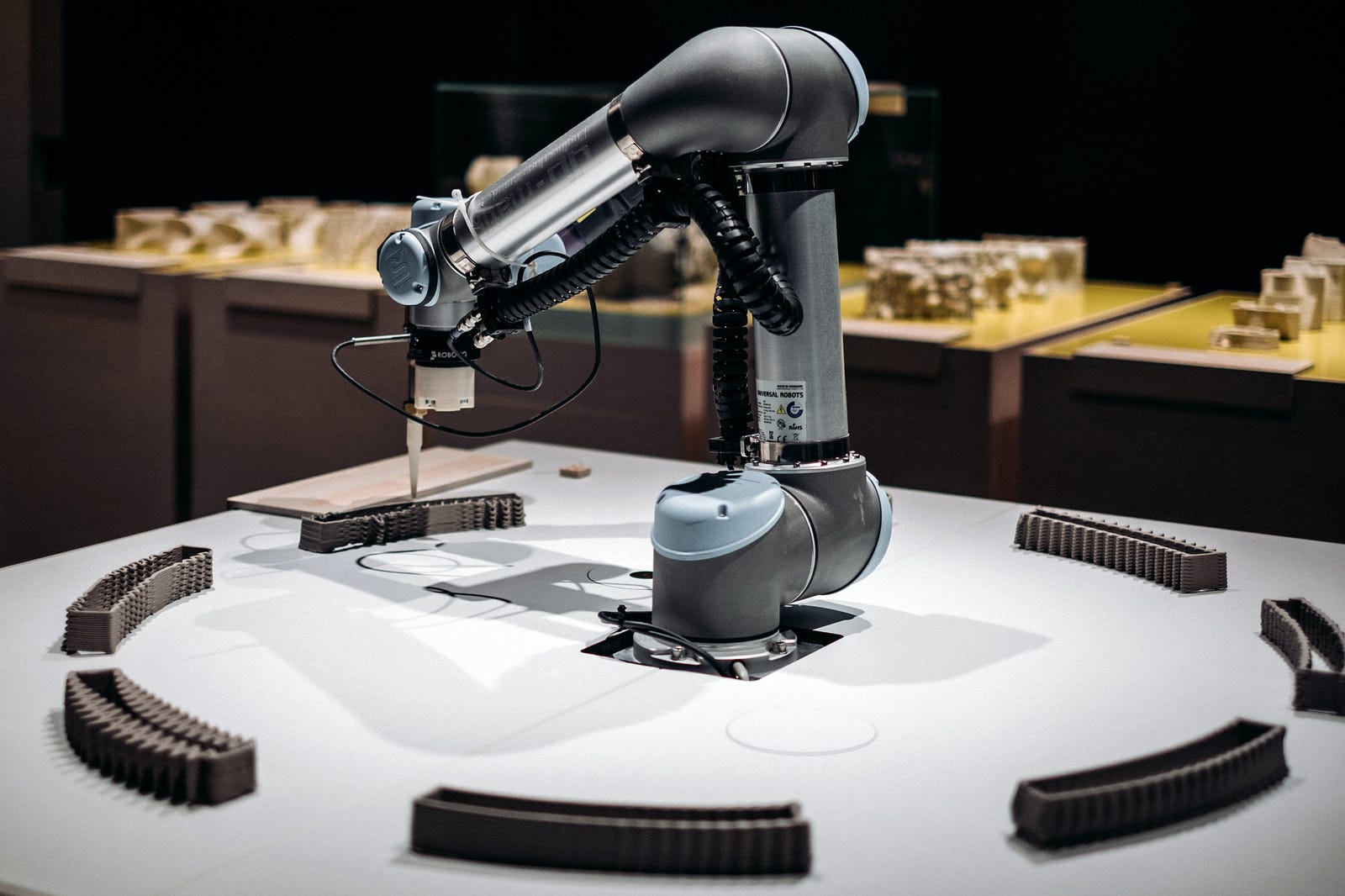
“The Future of 3D Printing” Jabil (2023)
“3D Printing Trend Report” Hubs (2023)
There is a shift of 3D printing from a hobbyist activity to an industrial manufacturing tool. The industry is witnessing a 17% growth rate with main usaage for prototyping and end-use parts. Metal additive manufacturing is on the rise, but polymer 3D printing still dominates in revenue. Fused Deposition Modelling (FDM) and Stereolithography (SLA) are the go-to 3D printing methods for professionals and hobbyists alike, offering considerable design flexibility for prototyping, general part fabrication and short-run manufacturing.
Recent technological advancements, such as SLM Solutions’ large-scale metal 3D printer and Sculpman’s variable nozzle technology are leveraging new materials, especially those suited for electronics and transport, are gaining traction. Software and automation developments are enhancing print quality and efficiency. Key industries adopting additive manufacturing include aerospace, medical, and automotive. The future of additive manufacturing looks promising, with AI offering vast innovation opportunities and the potential of shape morphing systems (4D printing).
Thirty — Urban Air Mobility
Electric urban air taxis and delivery drones promise to revolutionize transportation in cities. Advanced air mobility networks are expected to emerge in the coming years. Air taxis are small, electric aircraft that could be used to provide on-demand transportation. This could revolutionize the way we get around cities.
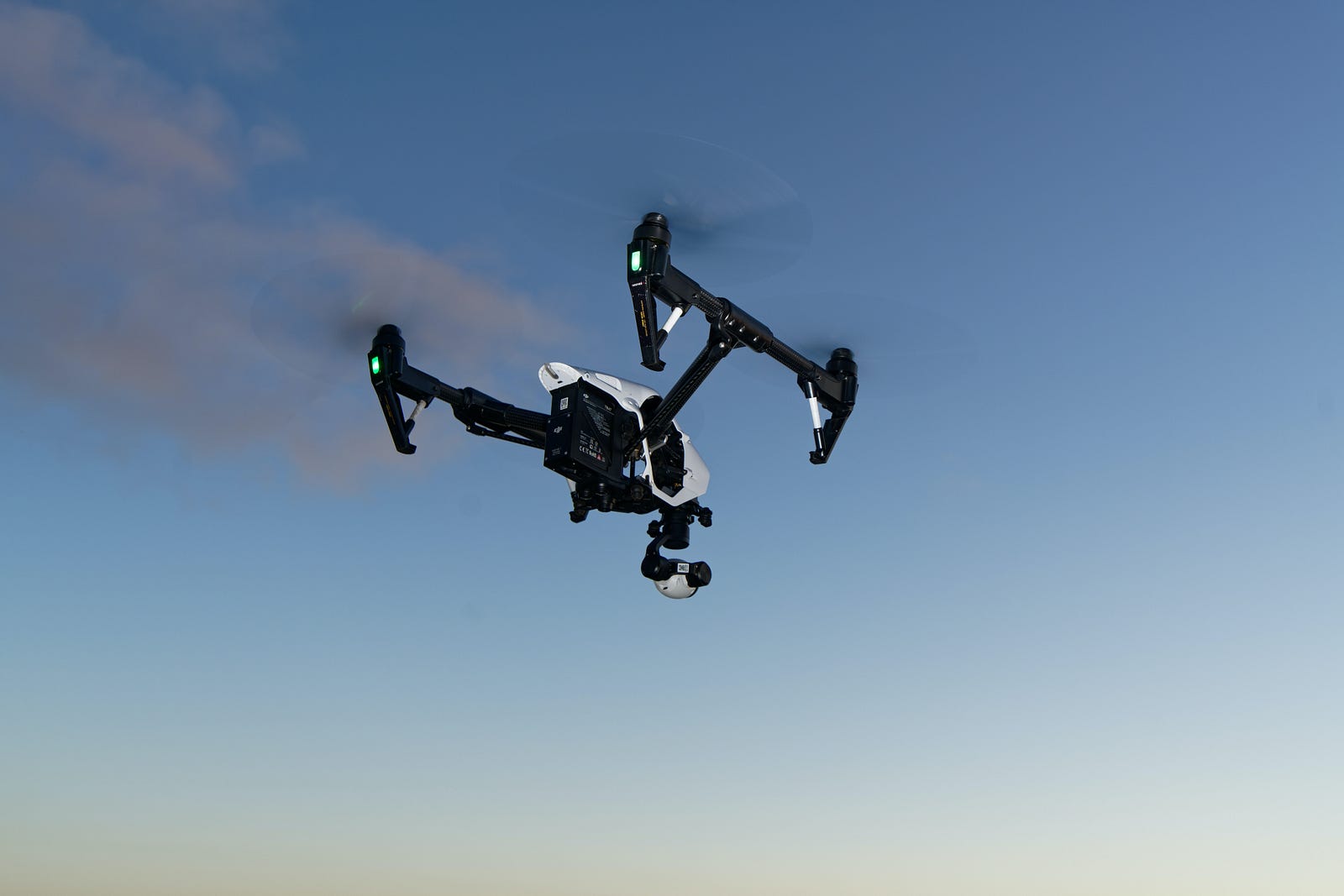
“Urban air mobility and flying cars” DeGruyter (2022)
“Future of air mobility: Electric aircraft & flying taxis” McKinsey (2023)
“Technology trends and the airline industry” Deloitte (2023)
“The Future Of Drone Technology” Cloud Employee (2023)
Self-driving aircraft are being developed to reduce the need for human pilots. This could make air travel more affordable and efficient. Hypersonic aircraft are capable of flying at speeds of Mach 5 or more. This would make it possible to travel long distances much faster than current aircraft.
Vertical takeoff & landing (VTOL) aircraft can take off and land vertically, like a helicopter. This would make them versatile for use in urban areas.
The future of drone technology is rapidly evolving, with the concept of Beyond Visual Line of Sight (BVLOS) allowing drones to operate beyond the operator’s visual range, expanding their commercial applications. However, limited flight times remain a challenge. To address this, hydrogen fuel cells are being explored as an alternative to traditional lithium-ion polymer batteries, offering longer flight times due to hydrogen’s high energy and clean output. Innovations in computer vision and motion planning are also emerging, with drones like Skydio’s R1 and DJI’s AirSense enhancing autonomous navigation and collision avoidance. Additionally, adaptable landing gear is being developed to allow drones to perch on structures, conserving battery power. The potential societal impacts of drones are vast in insurance, construction, mining, agriculture, defense, emergency response, humanitarian aid, disaster relief, and healthcare.
Read More
Essays — Paul Graham
Infinite Loops — Jim O’Shaughnessy
Connect
Farcaster @papa — https://www.discove.xyz/@papa
Lens @papajams — https://lenster.xyz/u/papajams



Long article but that was perfect. Thank you!
Thirty Tech Trends 2023 https://paragraph.xyz/@papajams.eth/tech-trends-of-2023